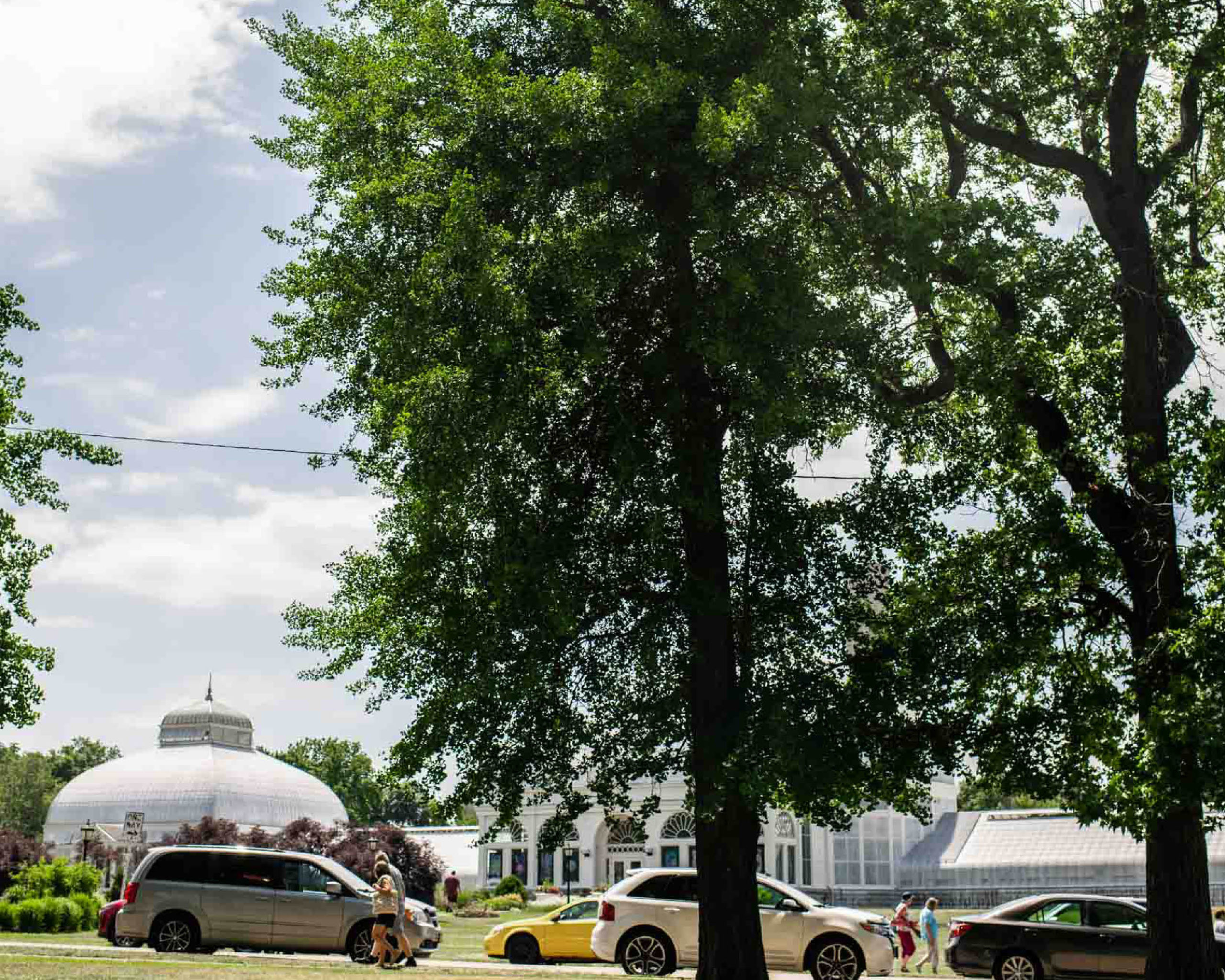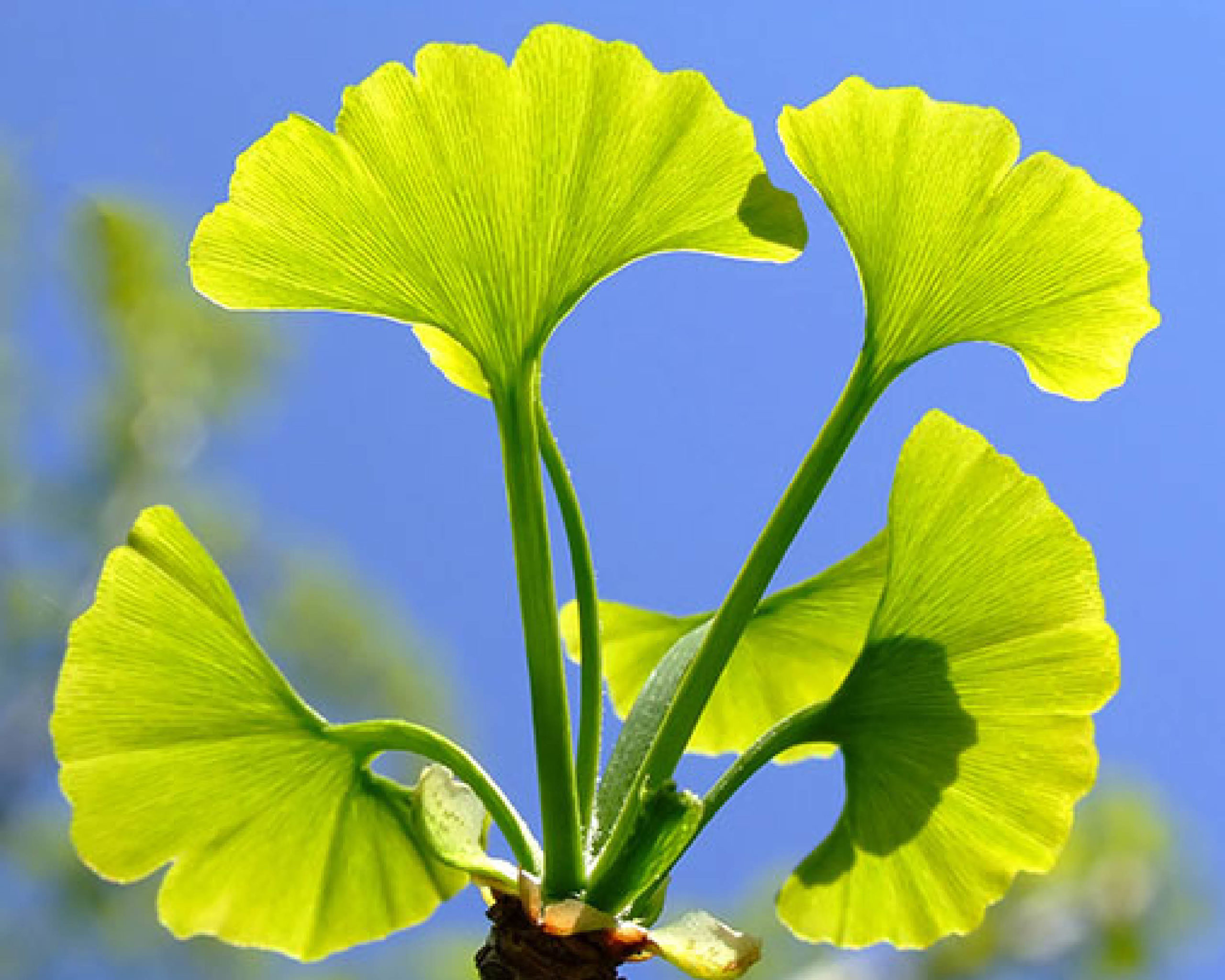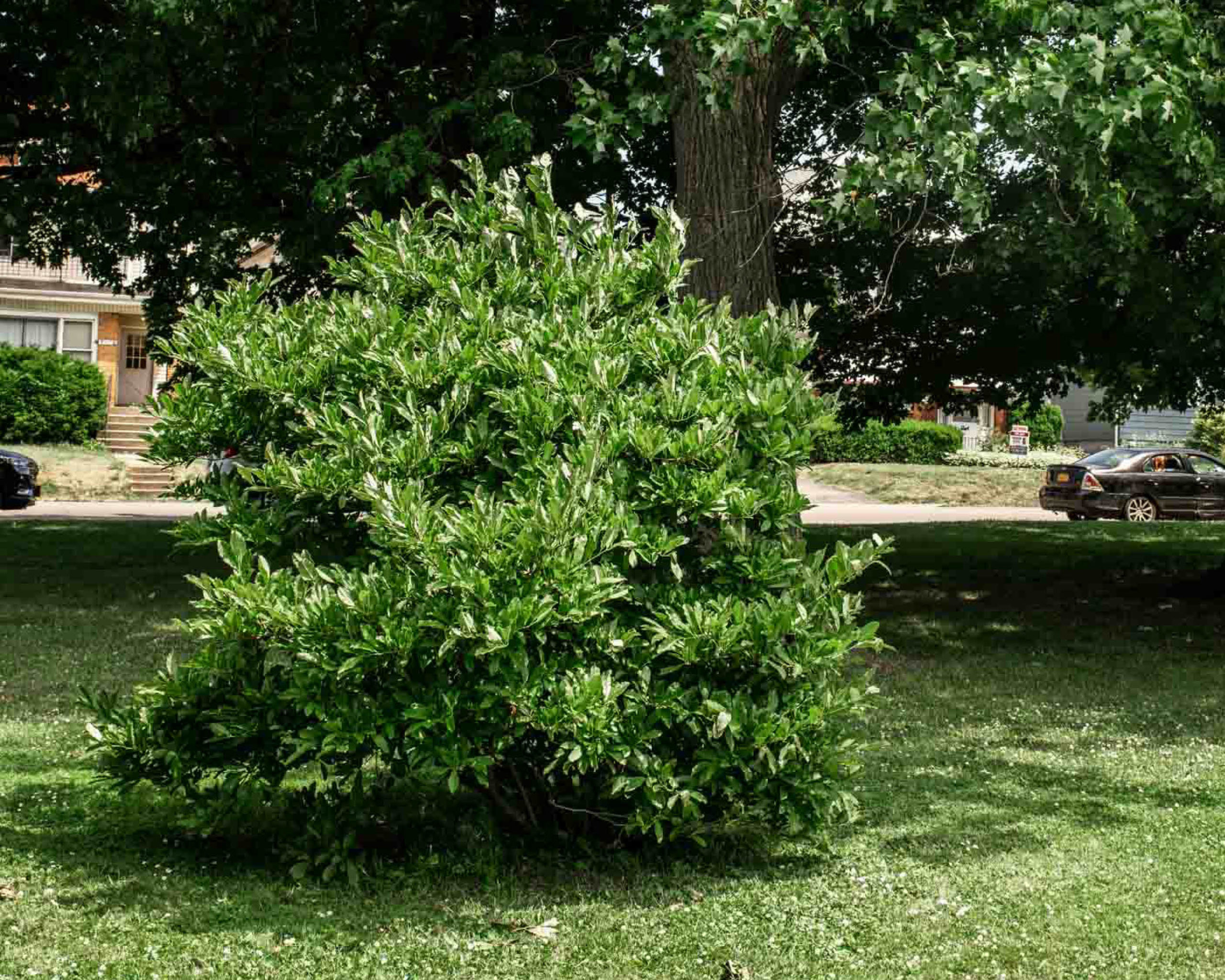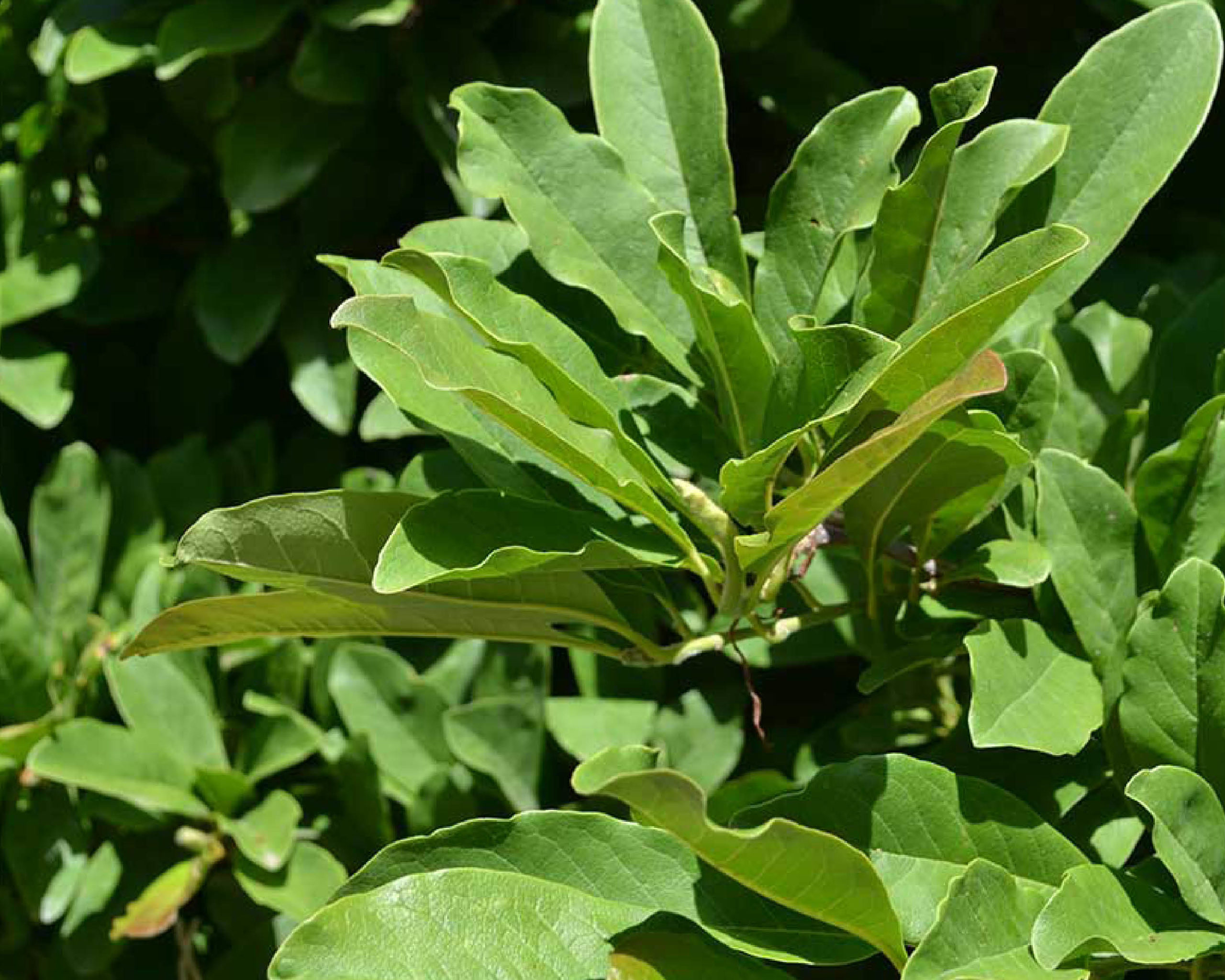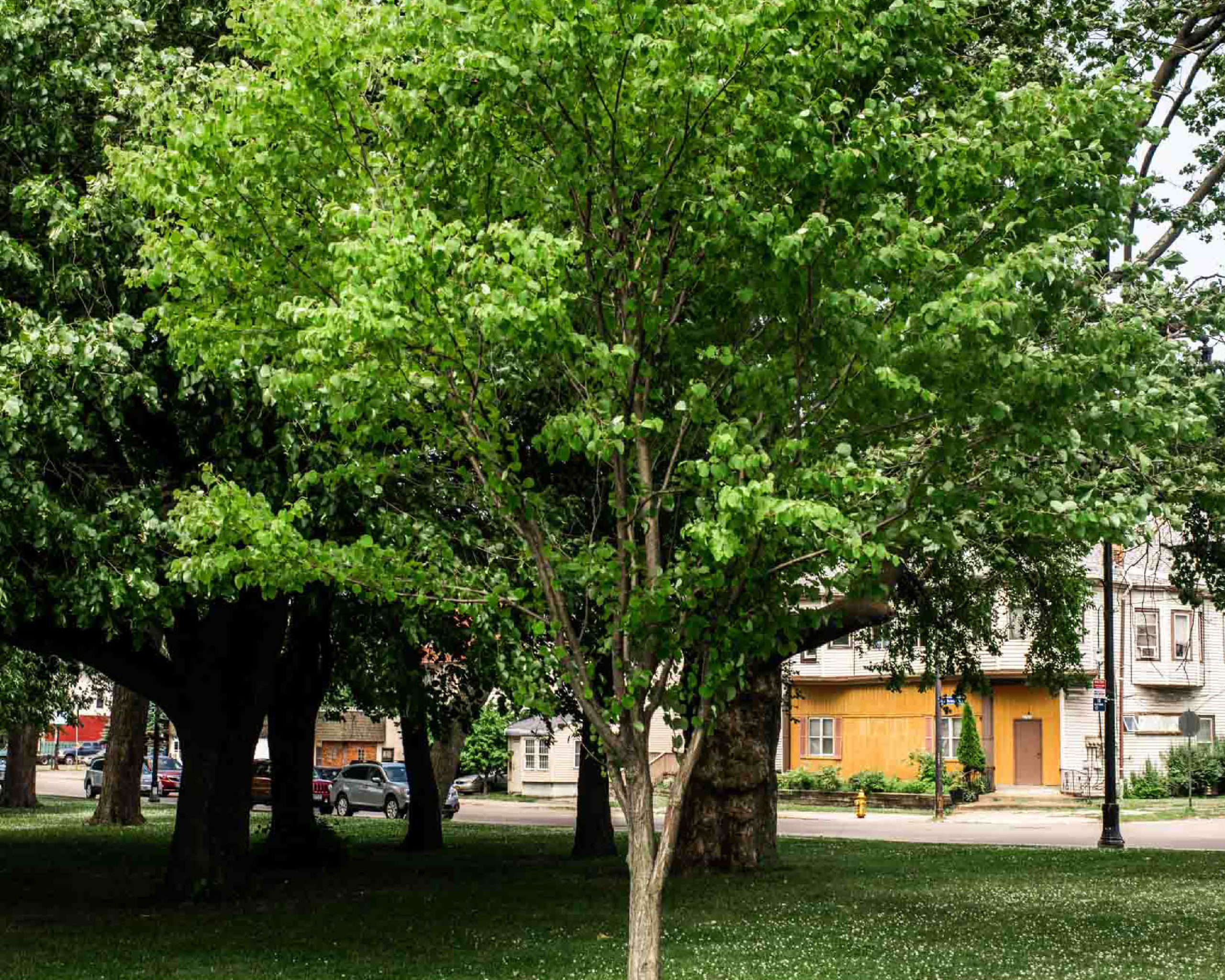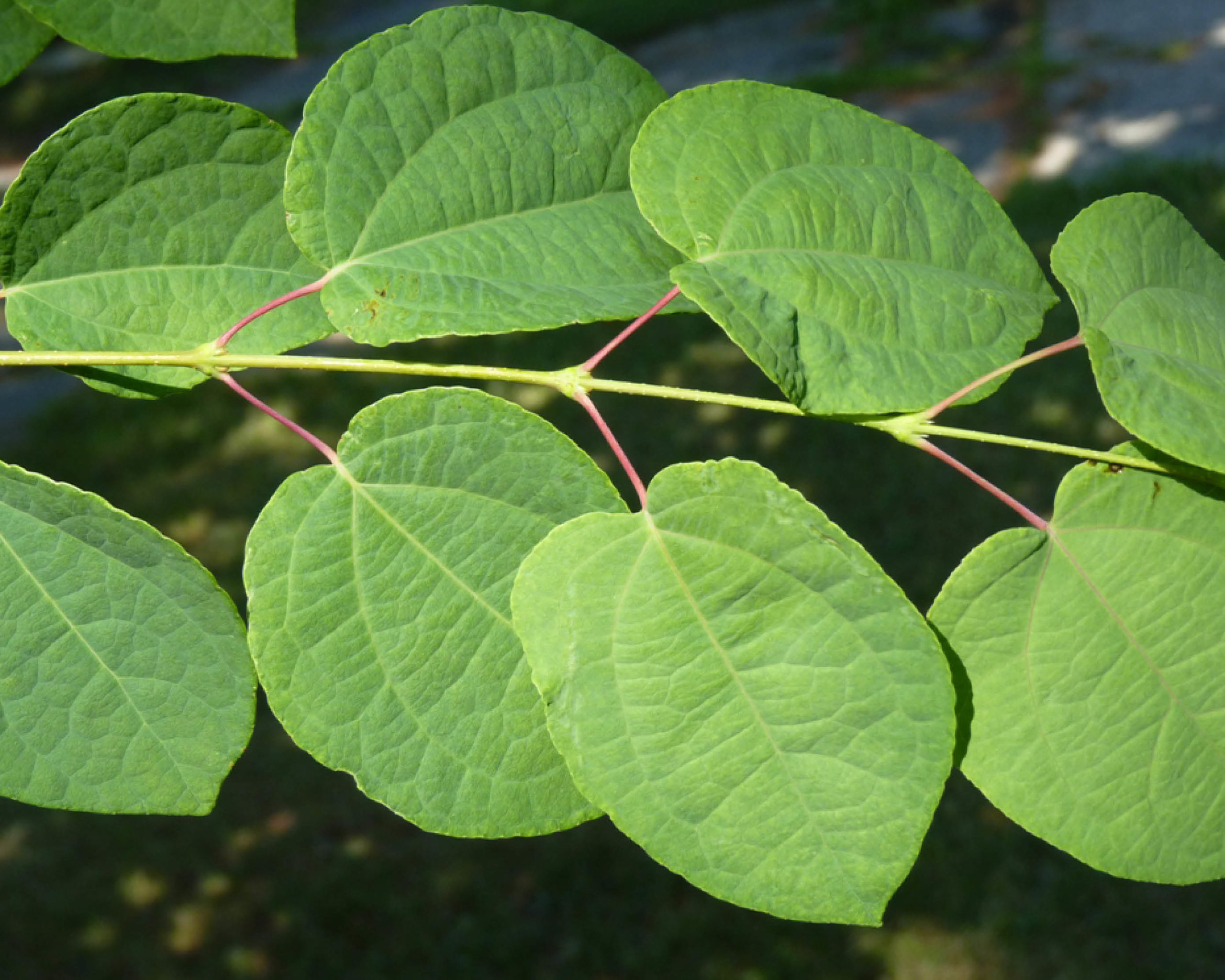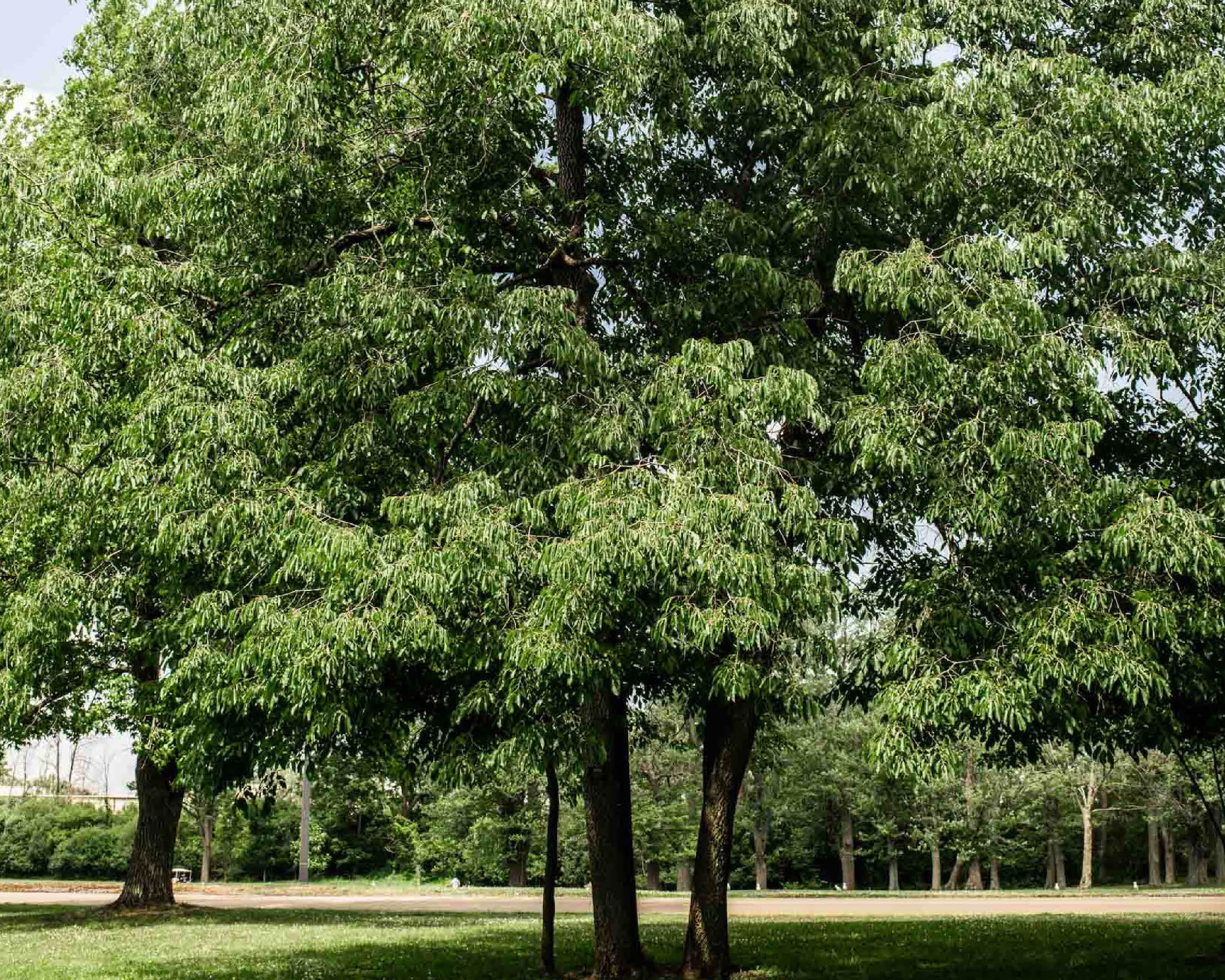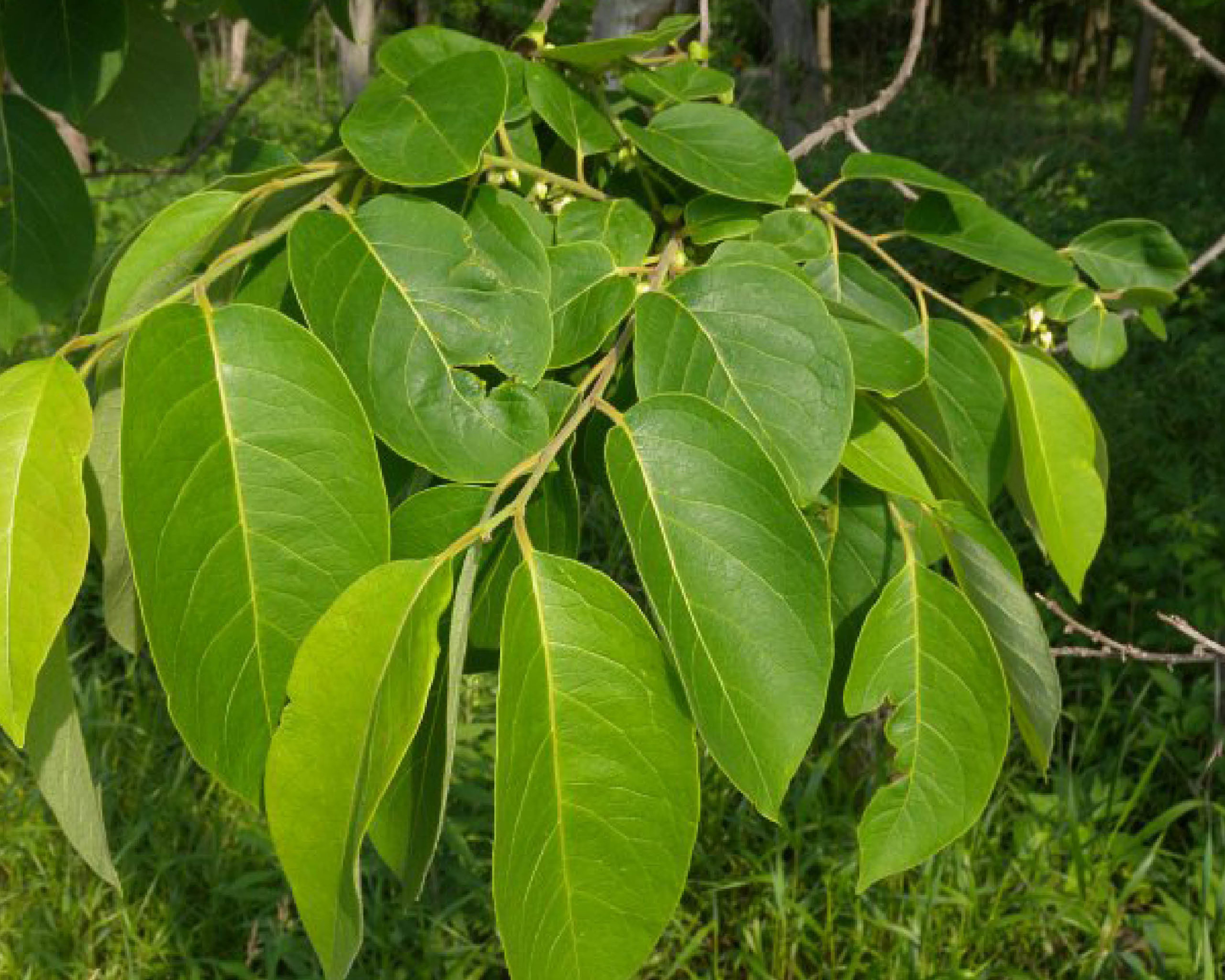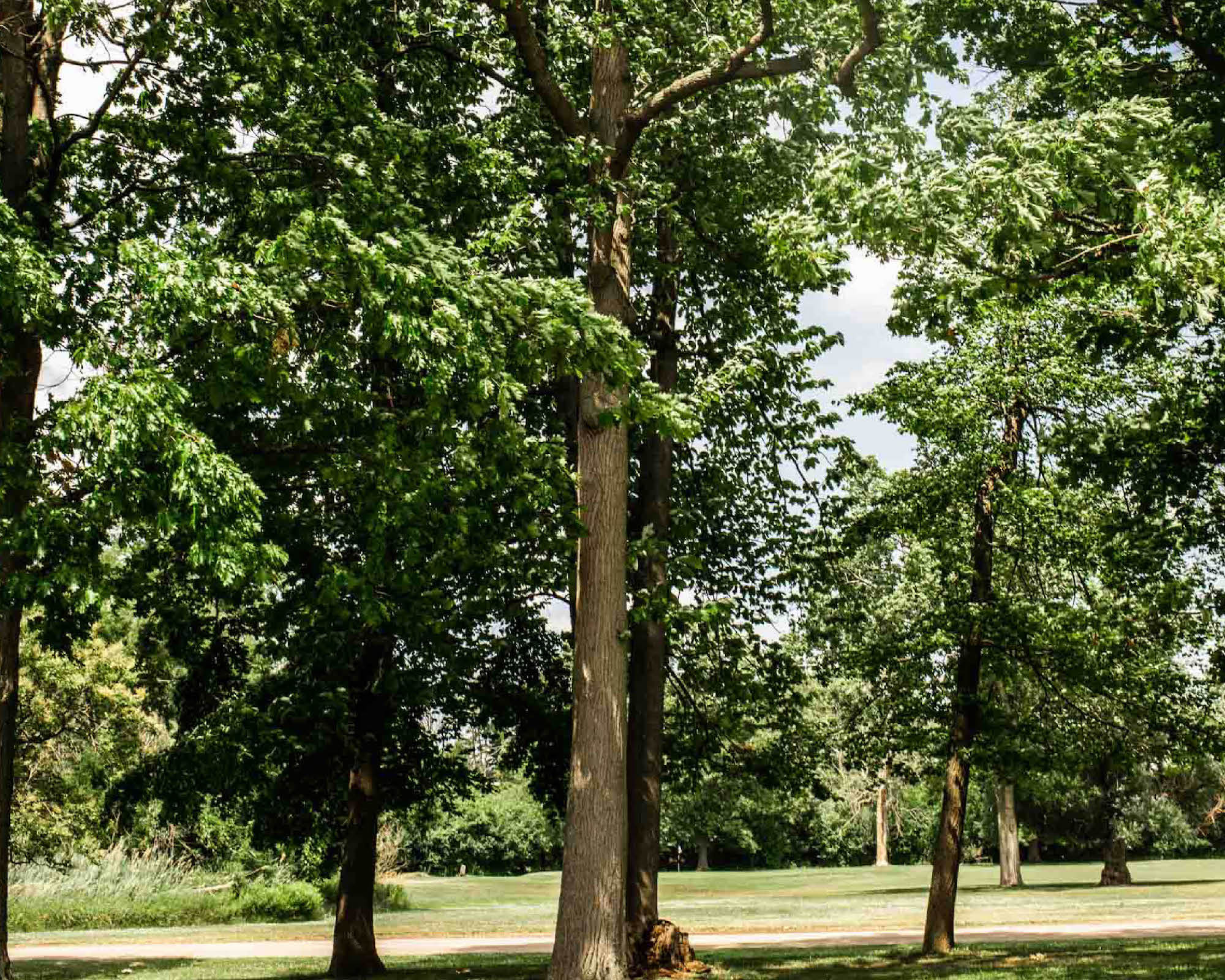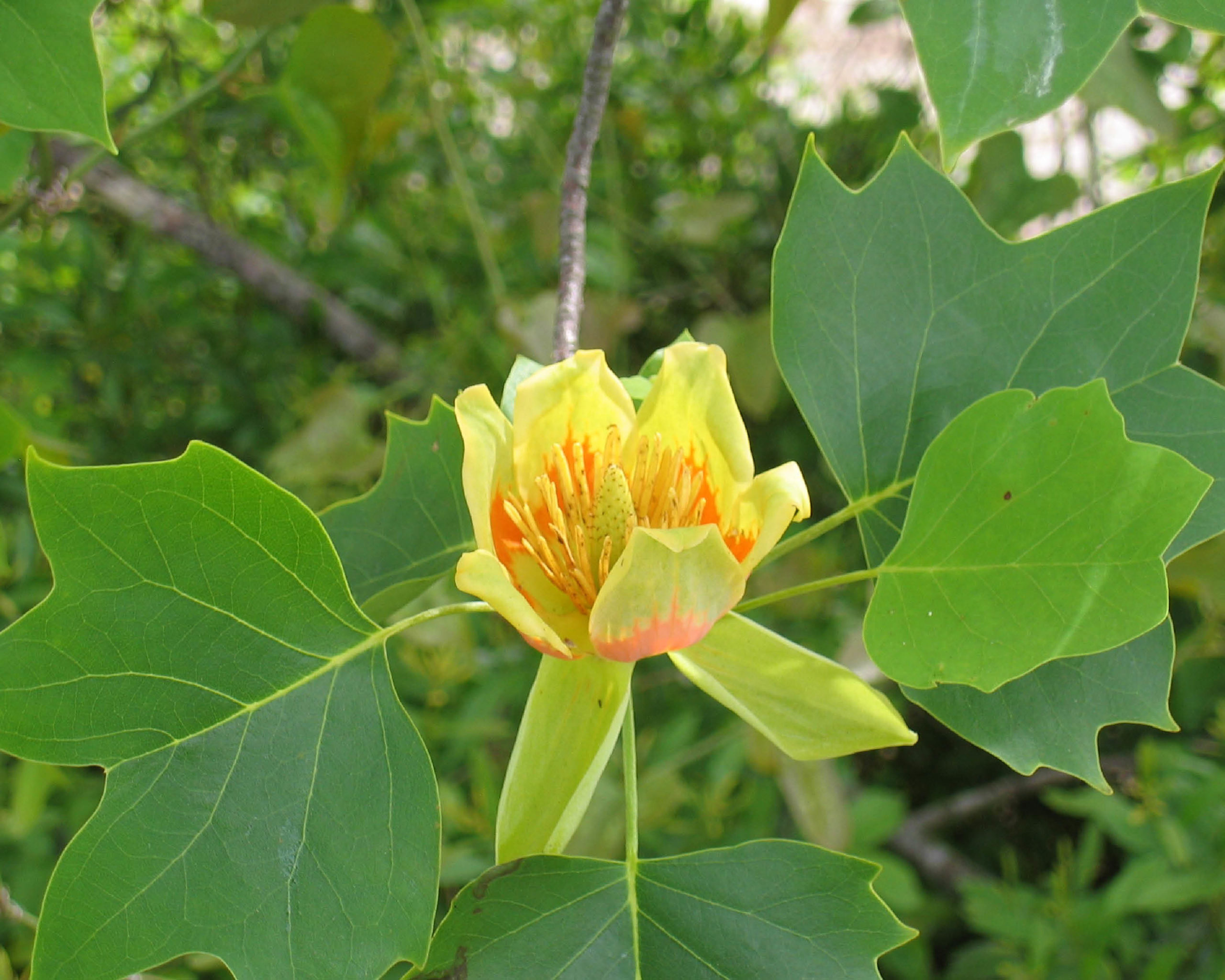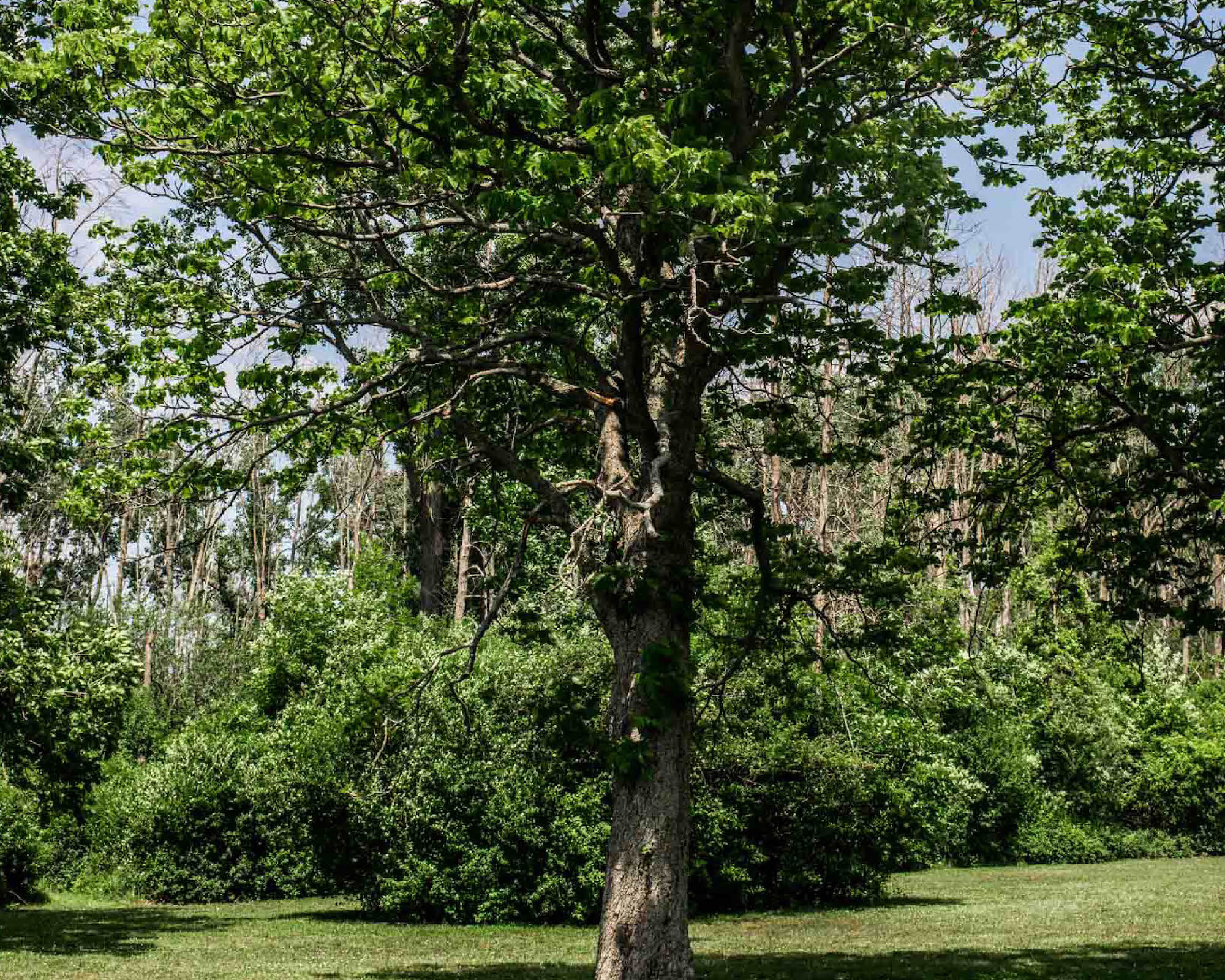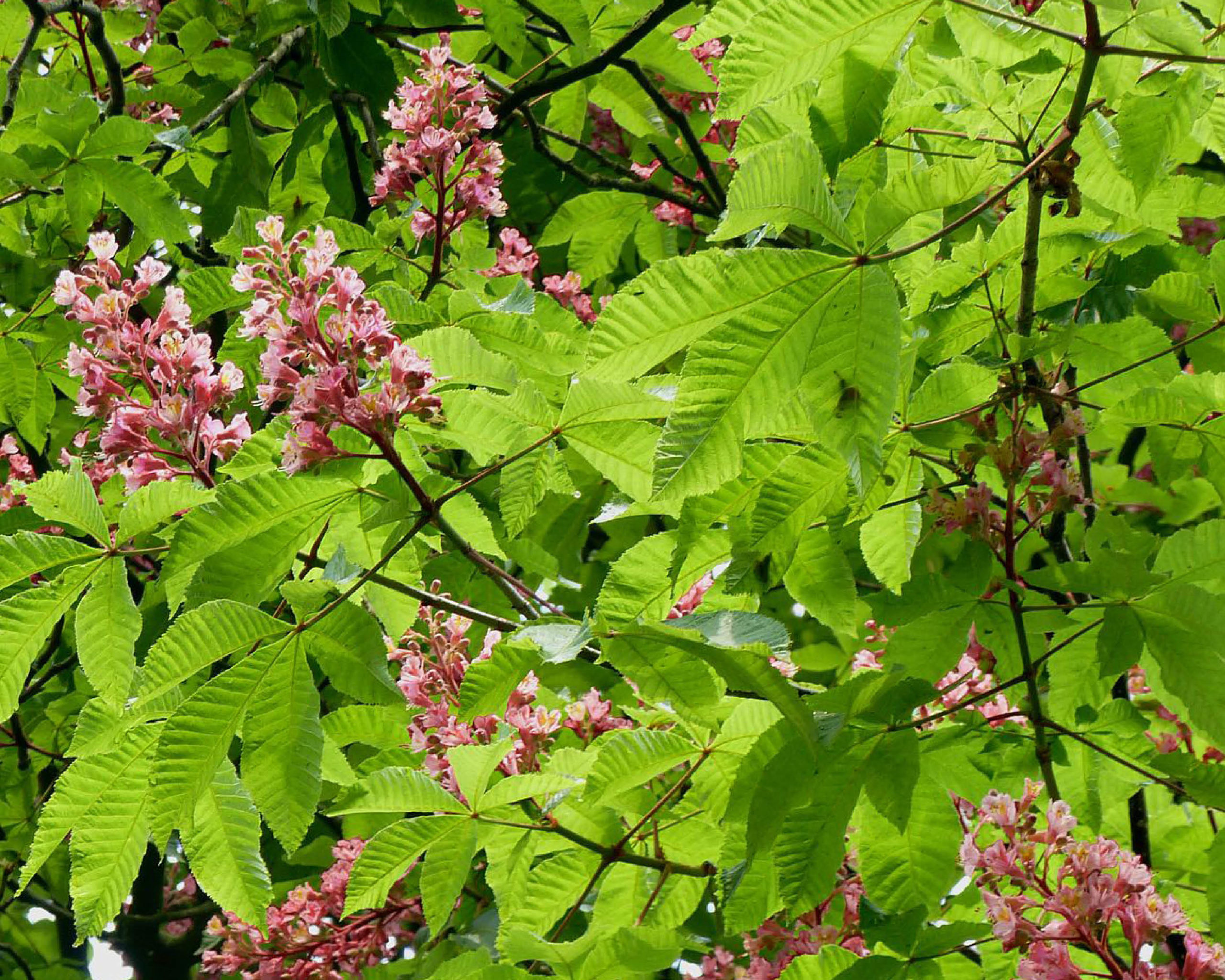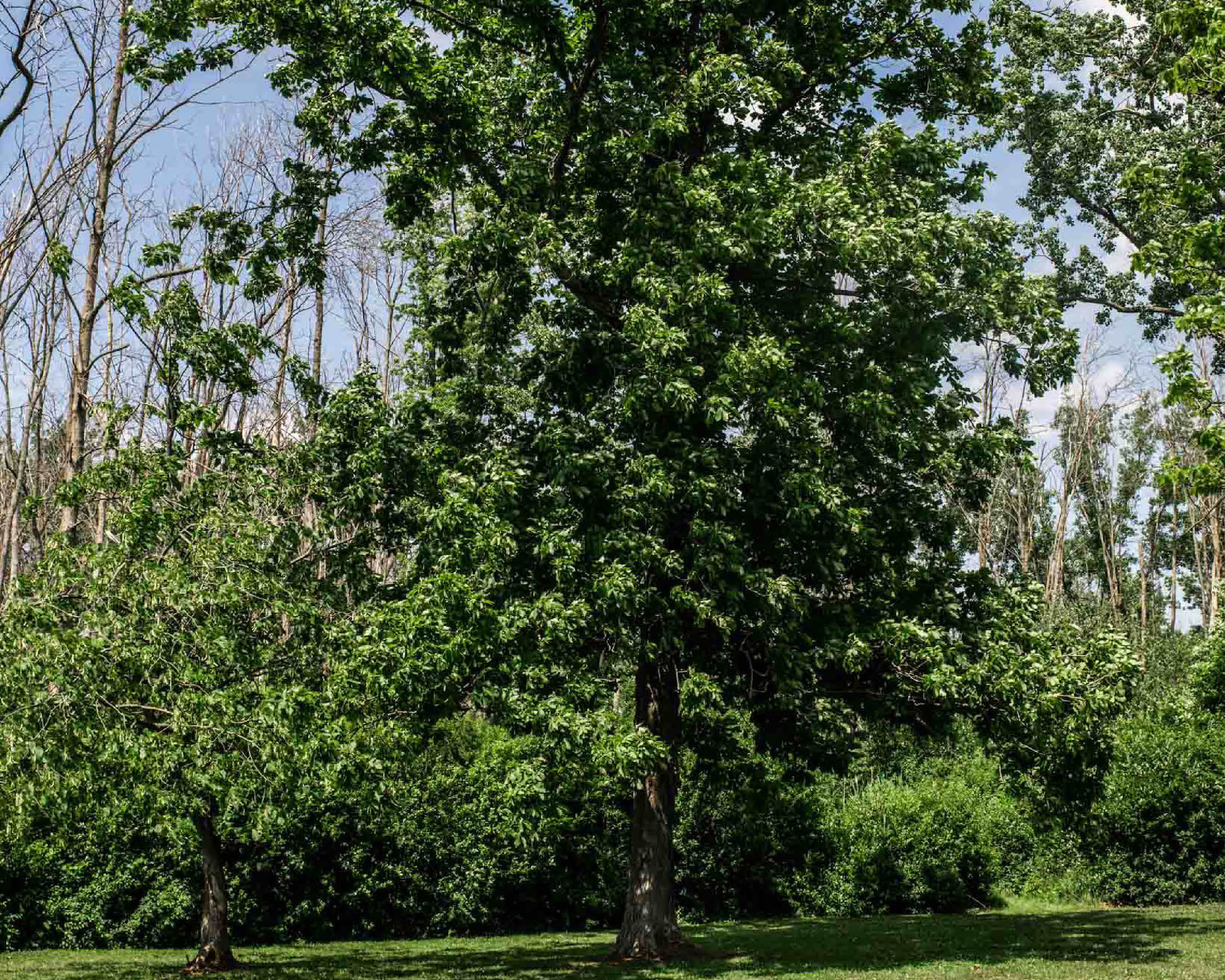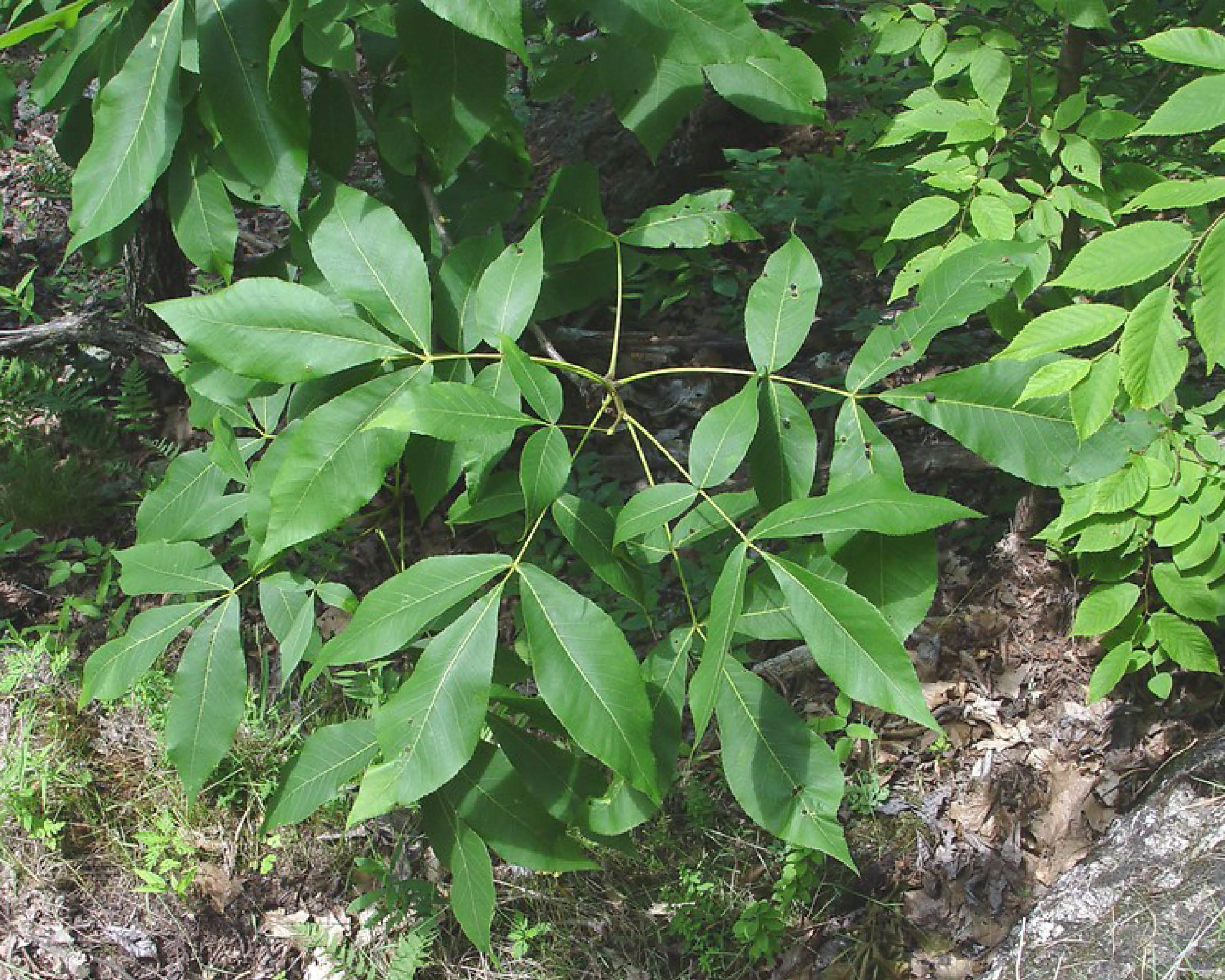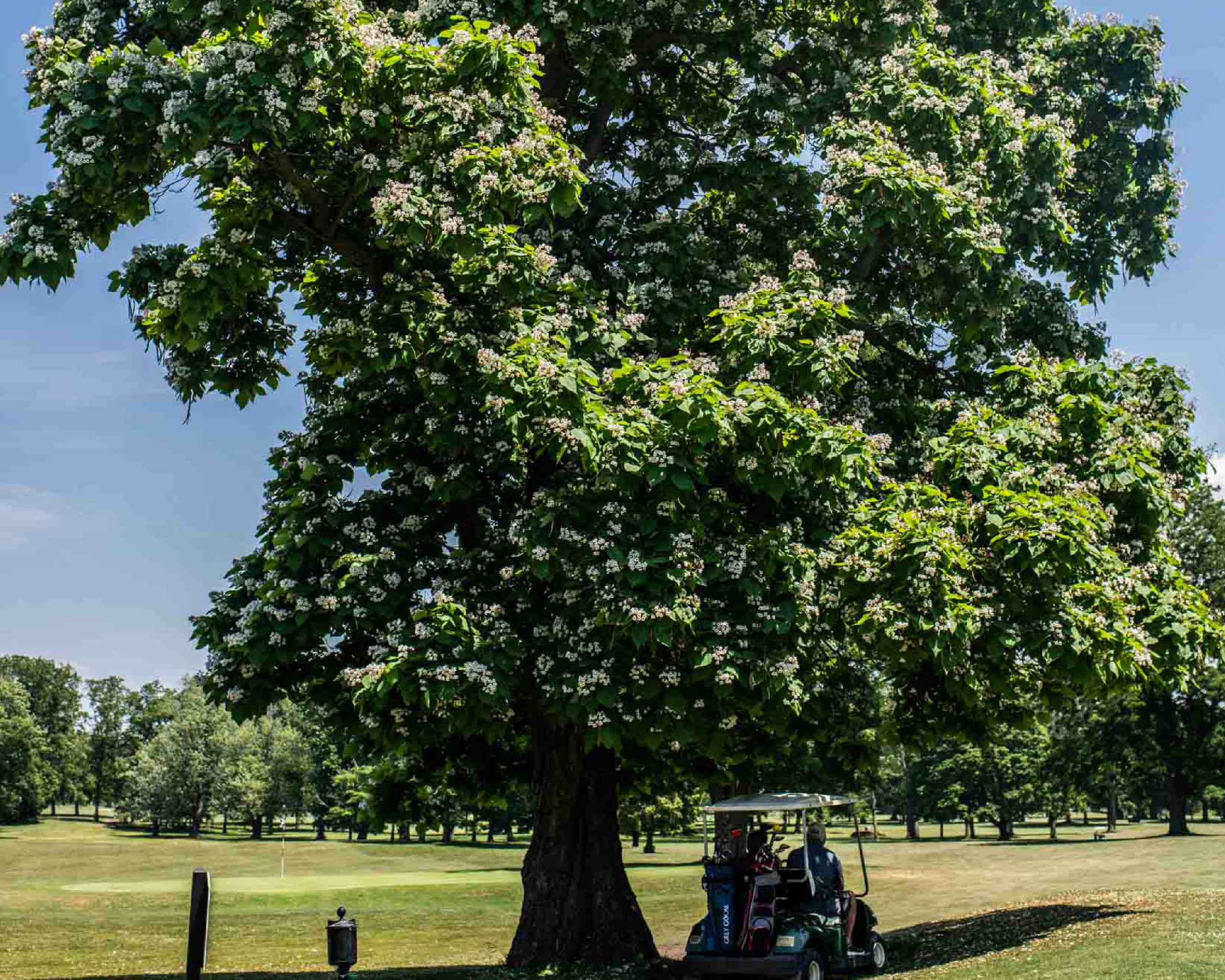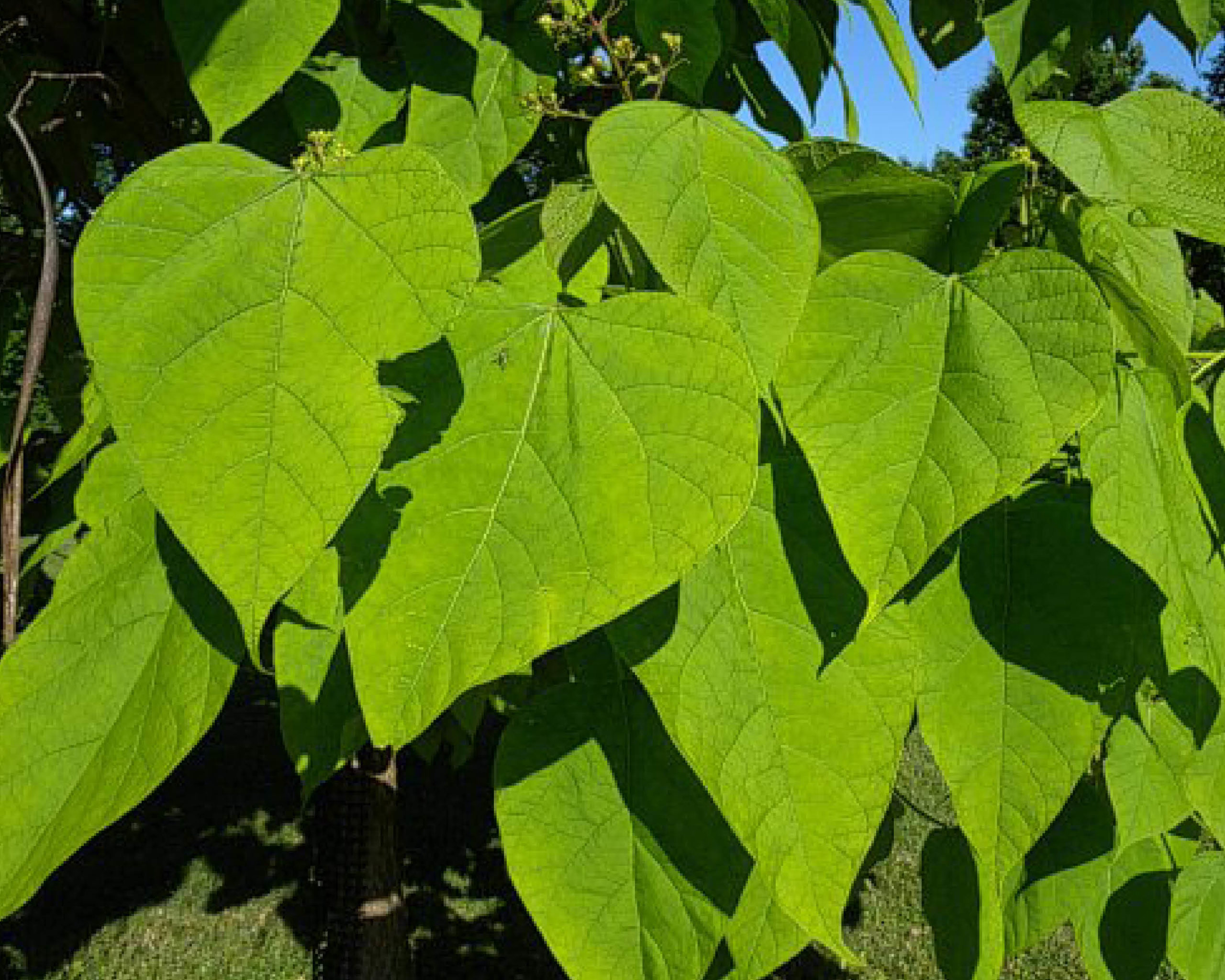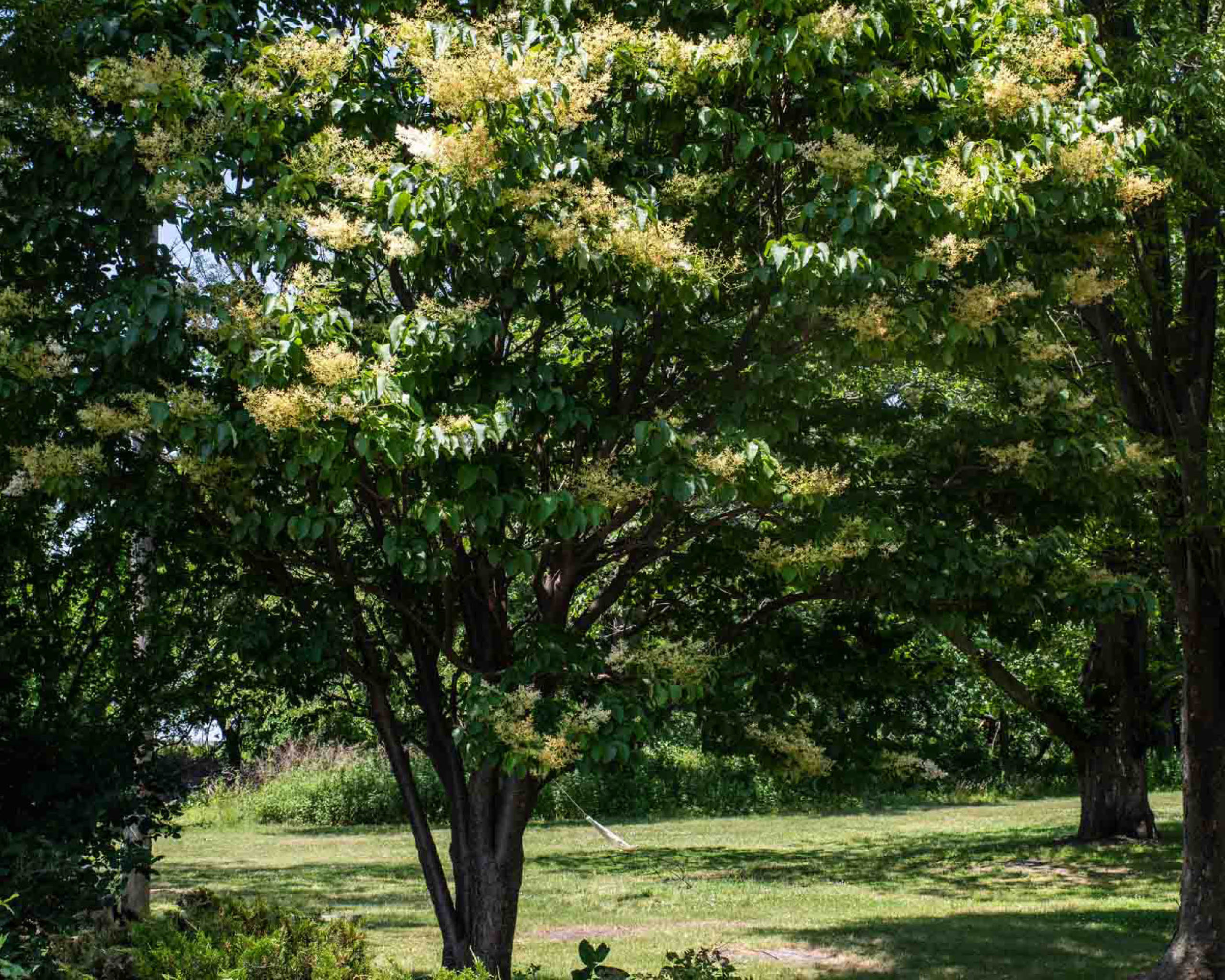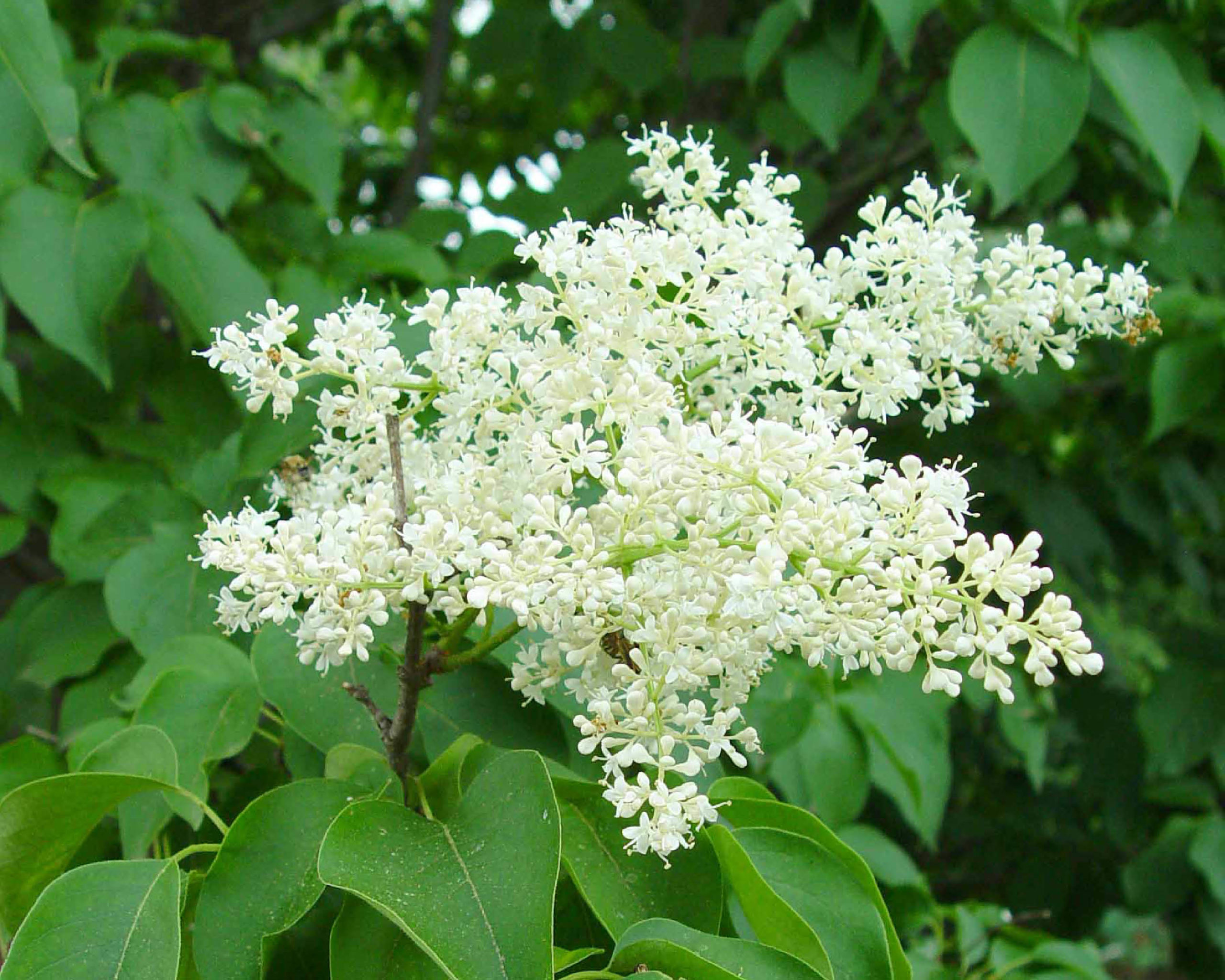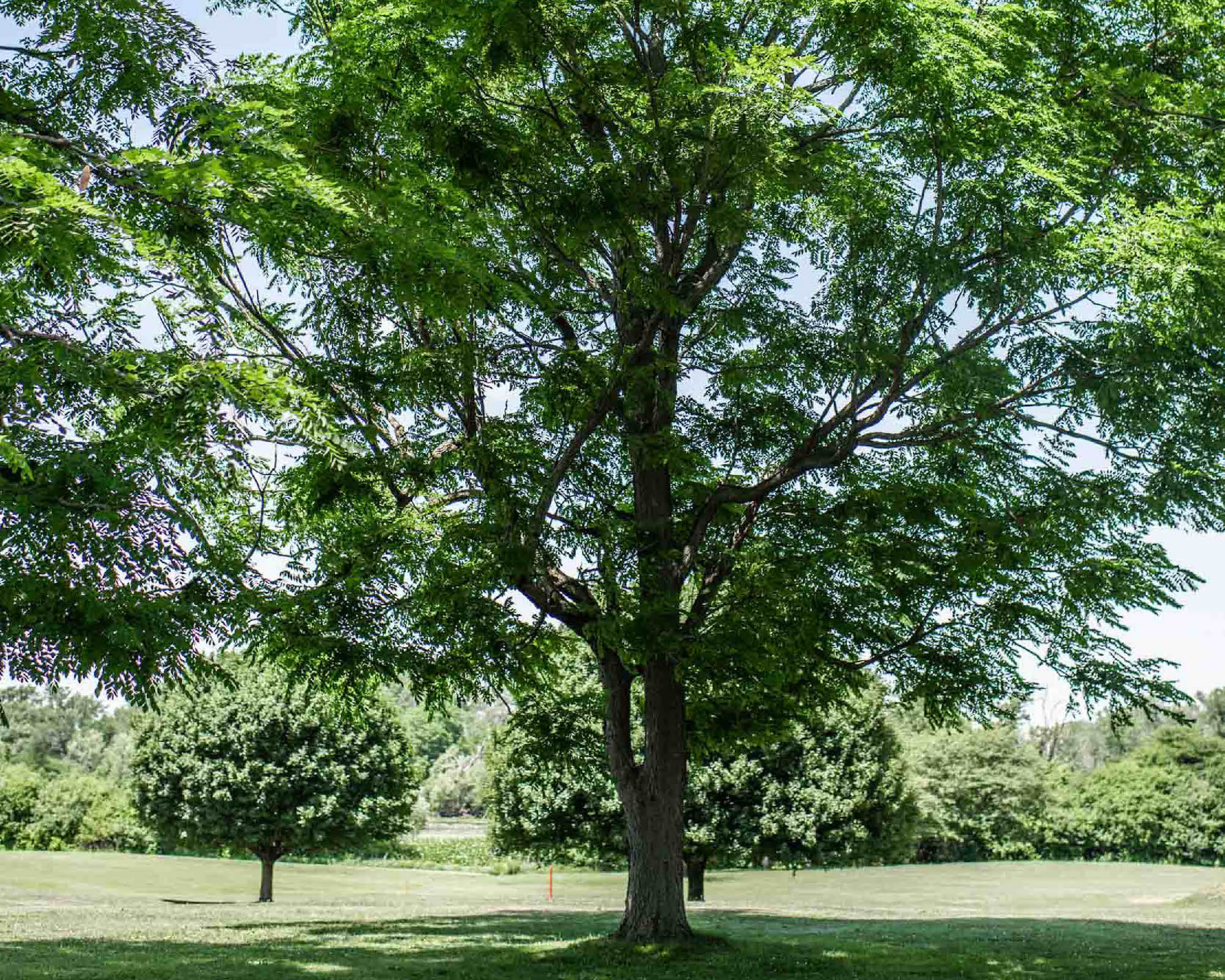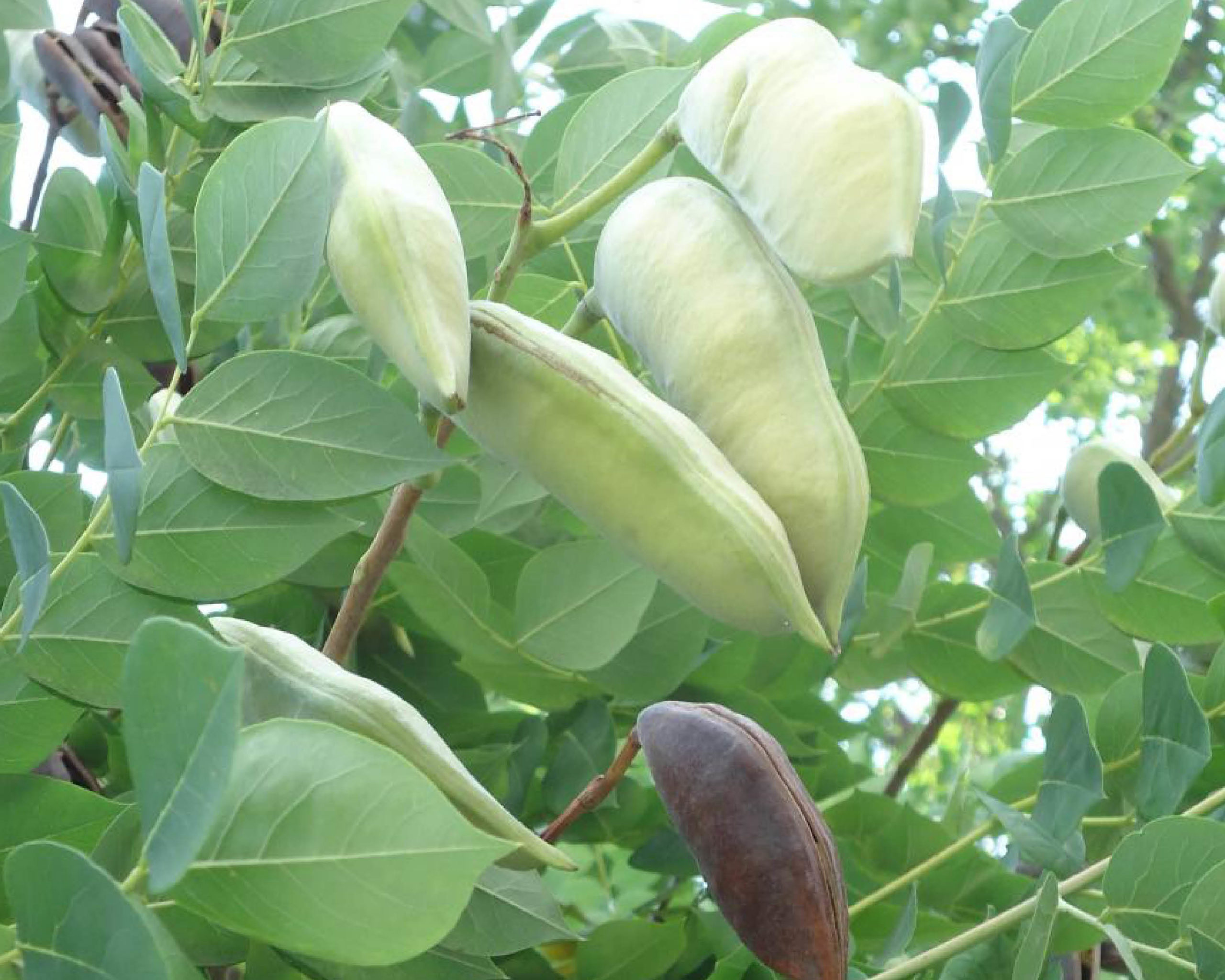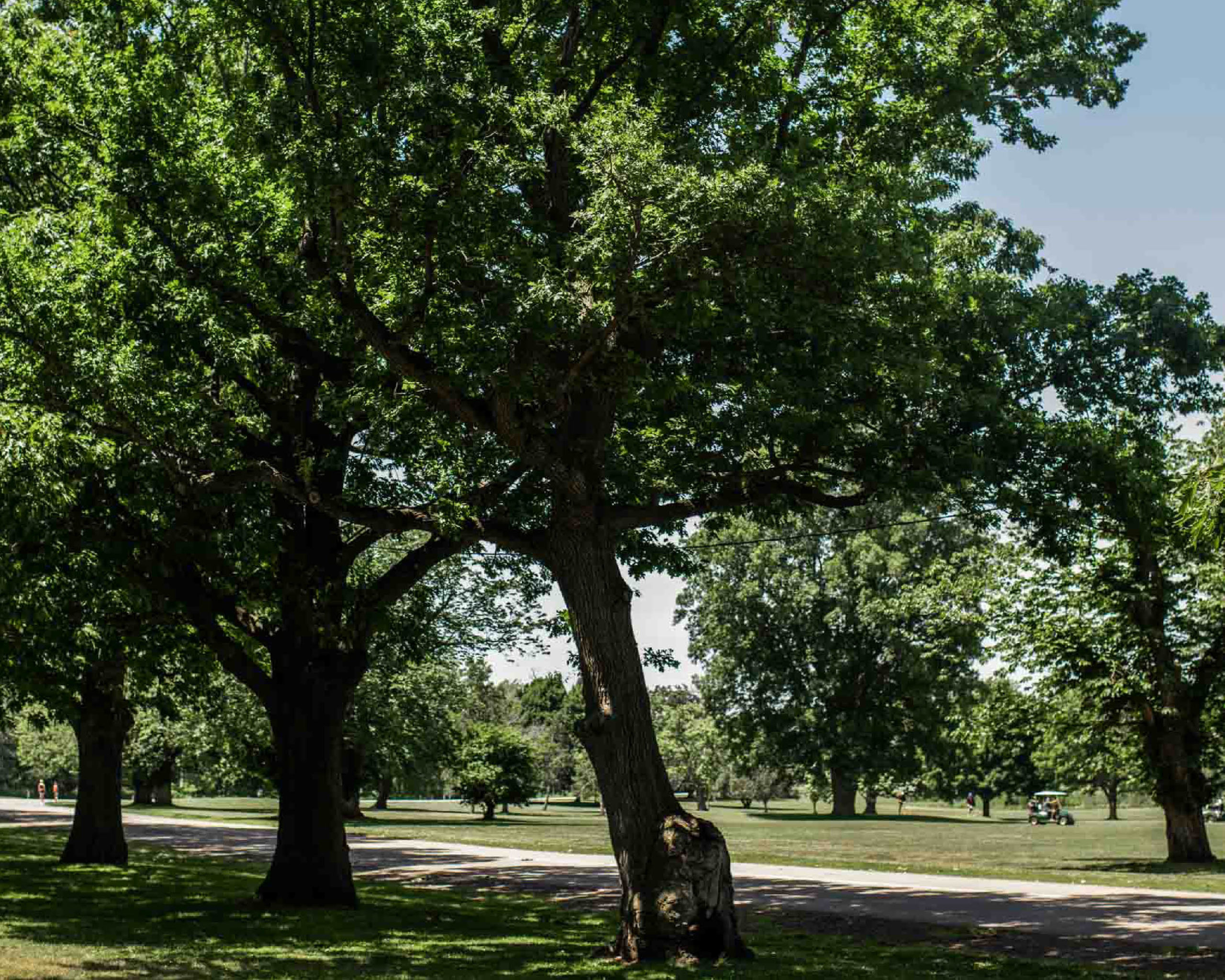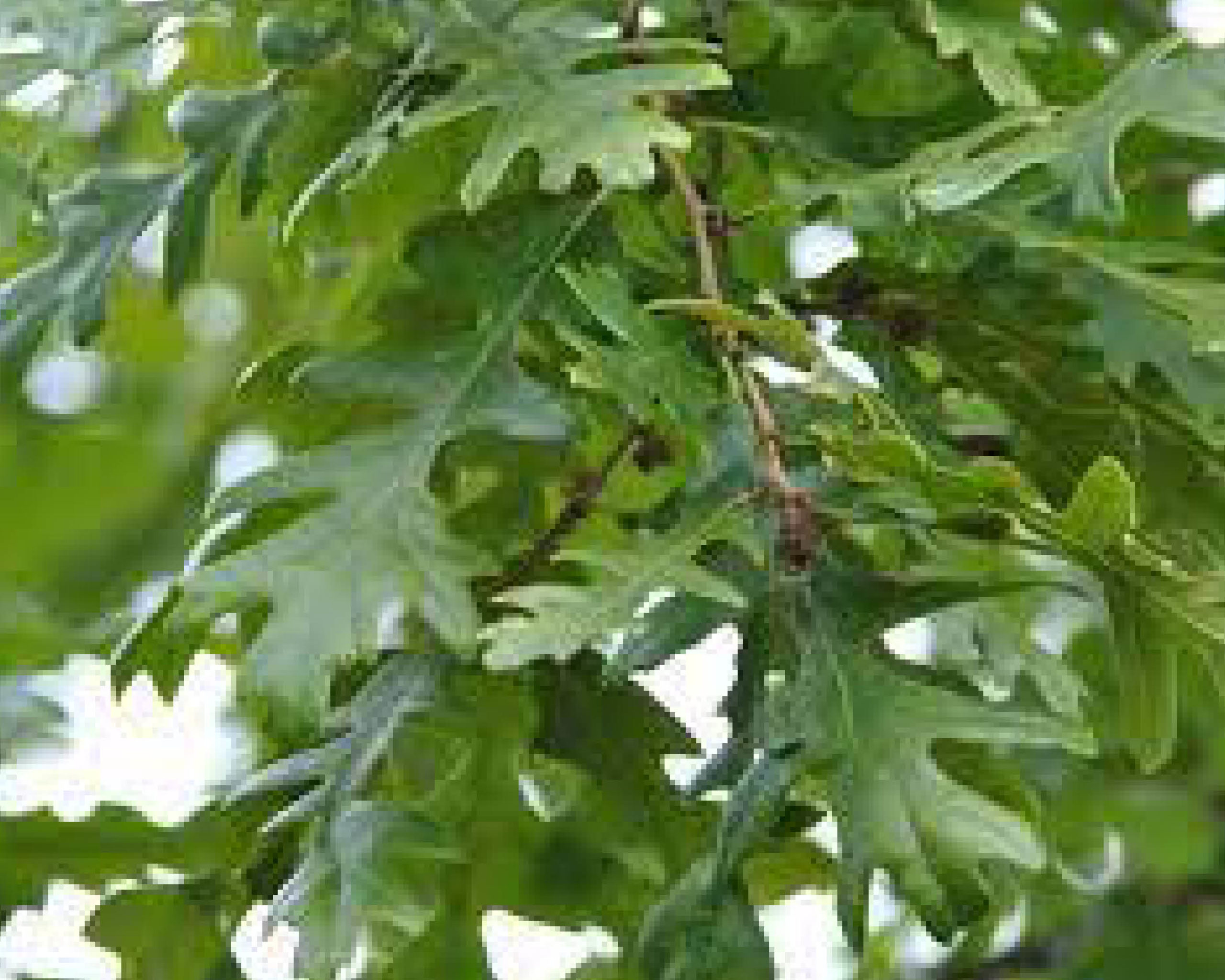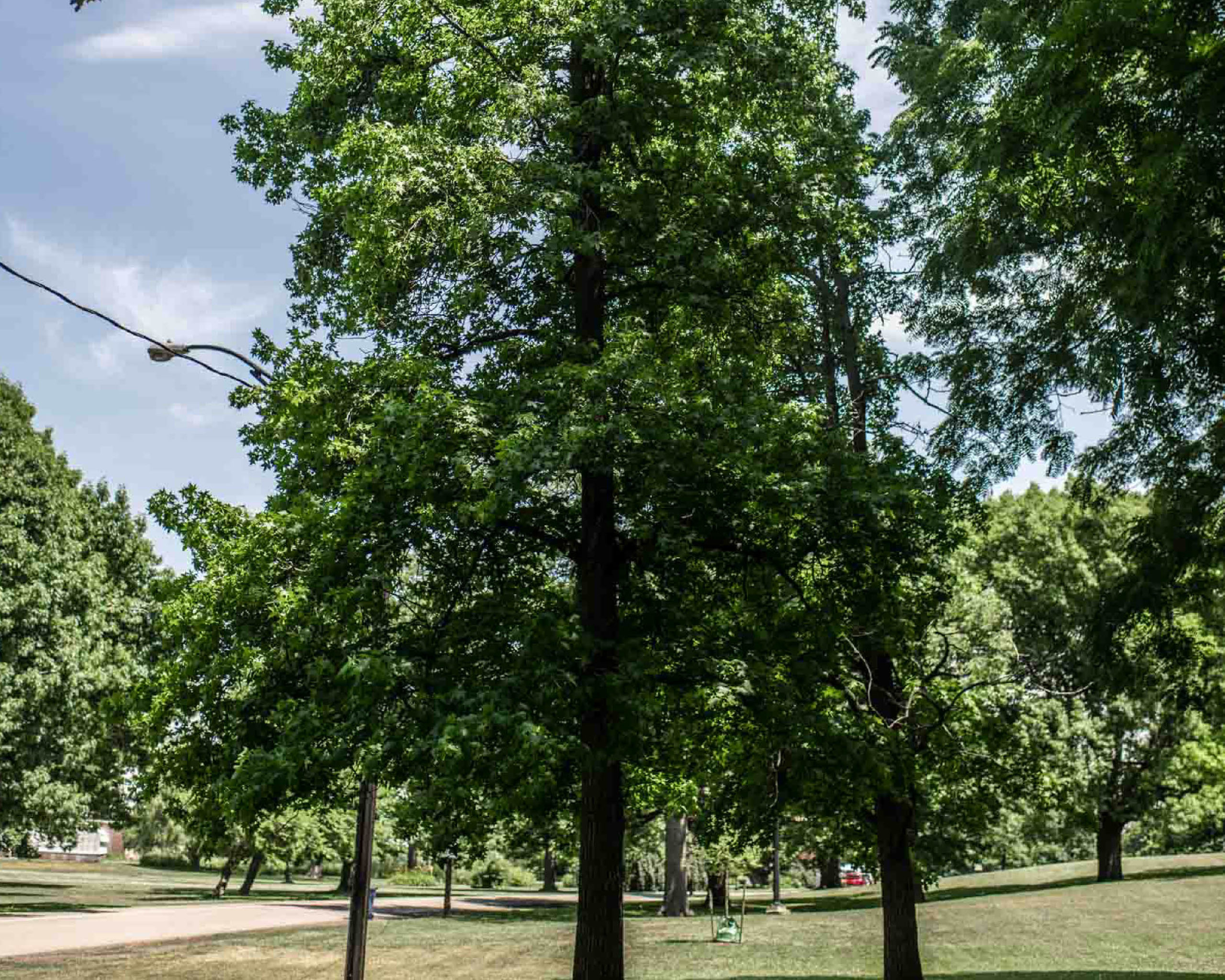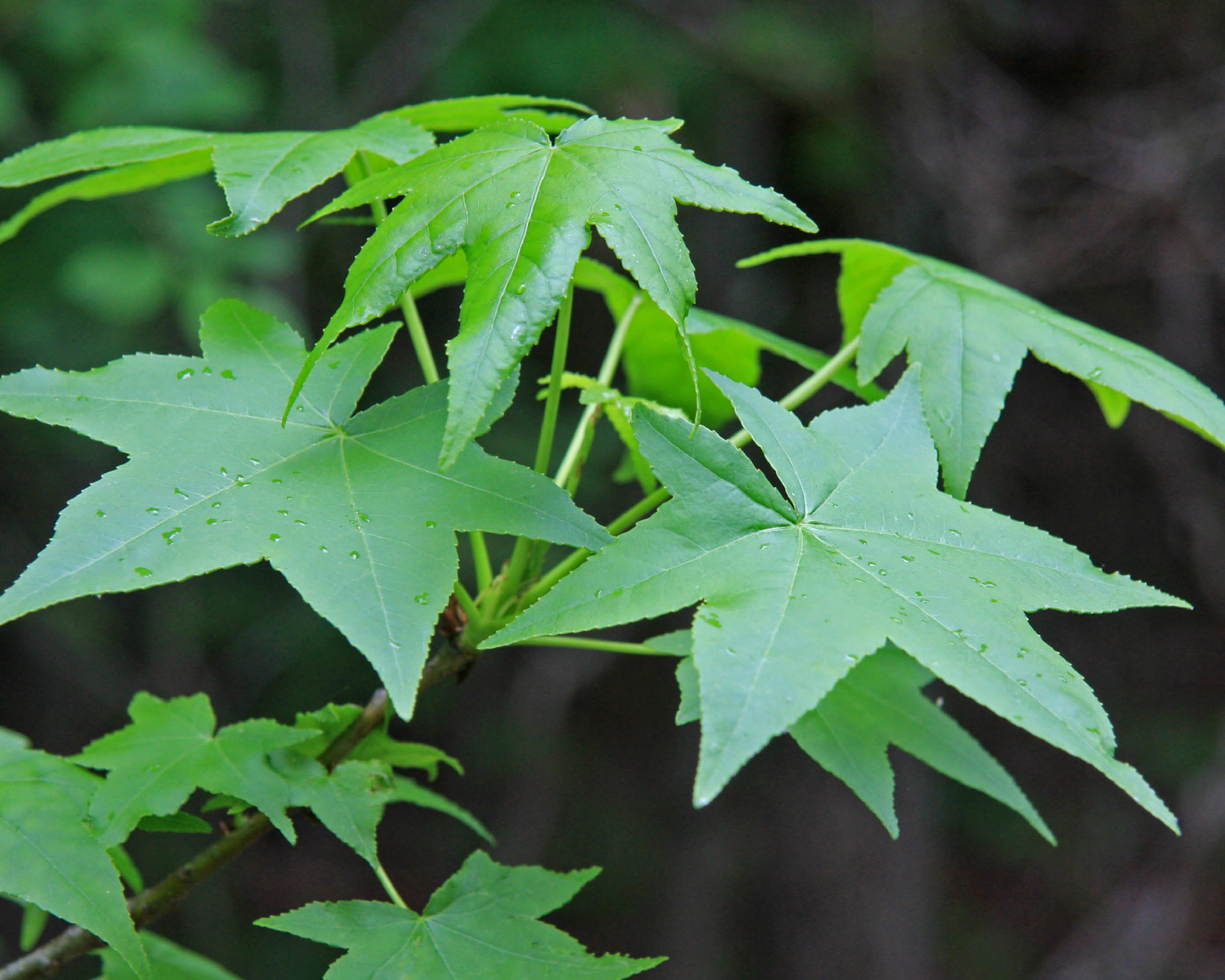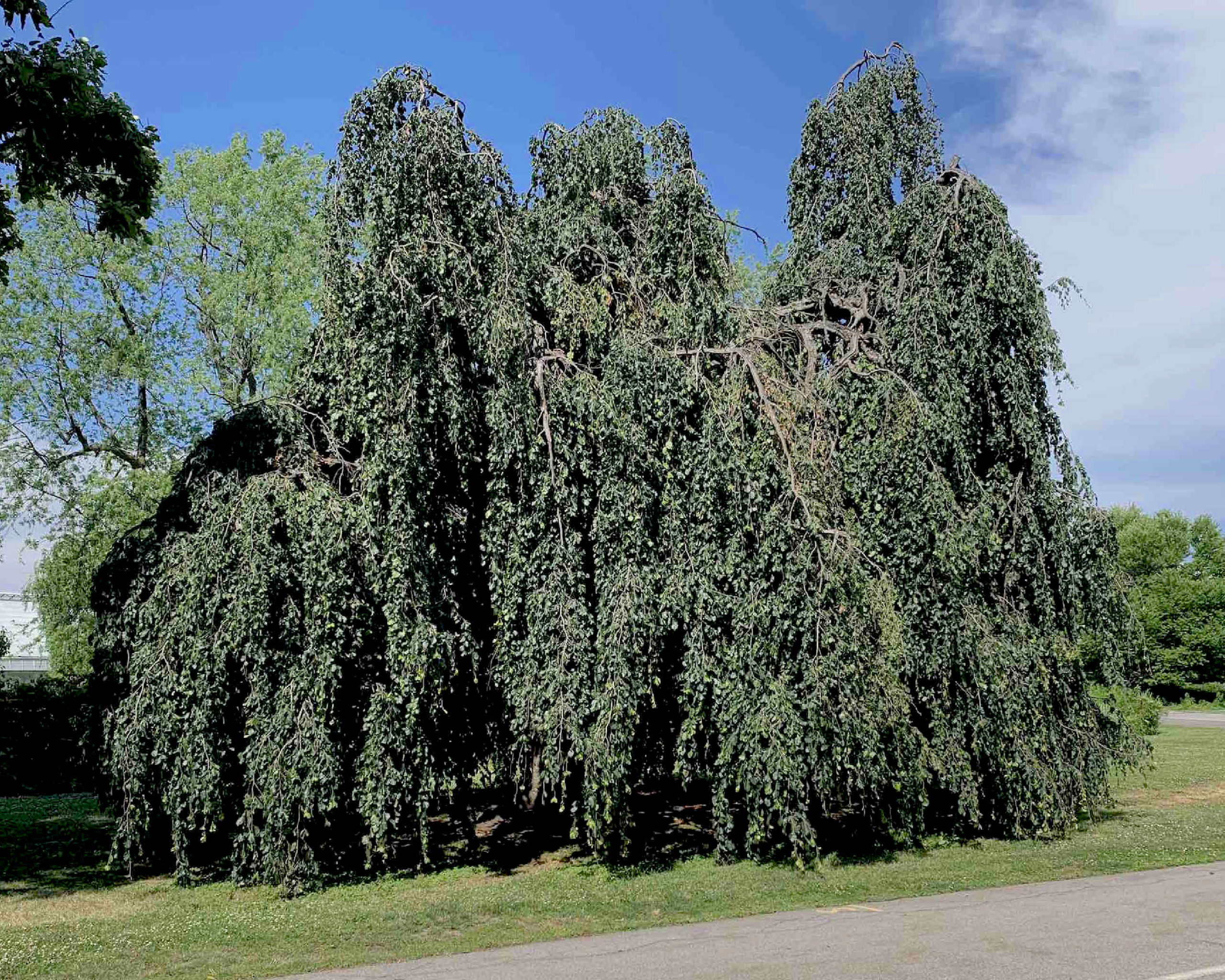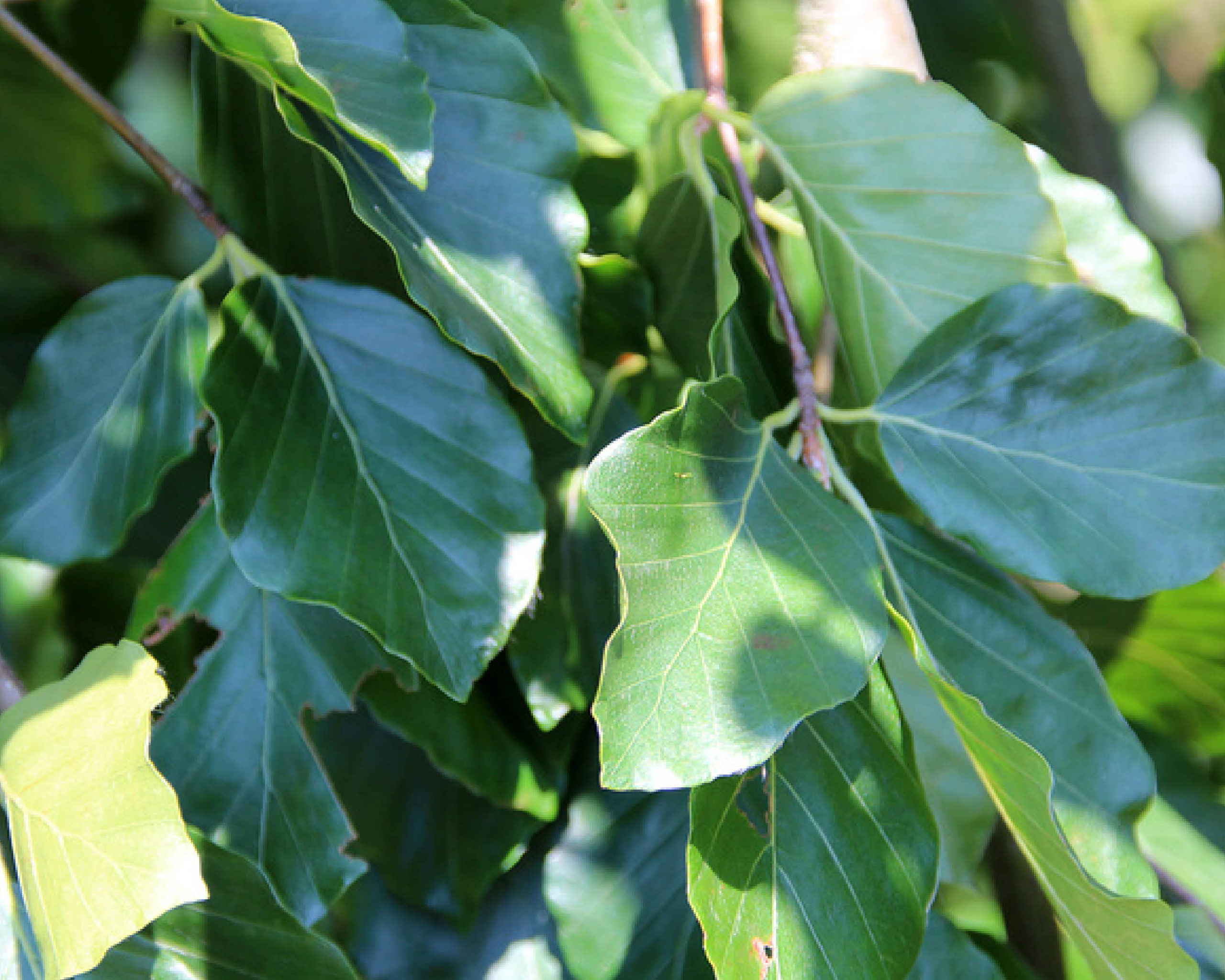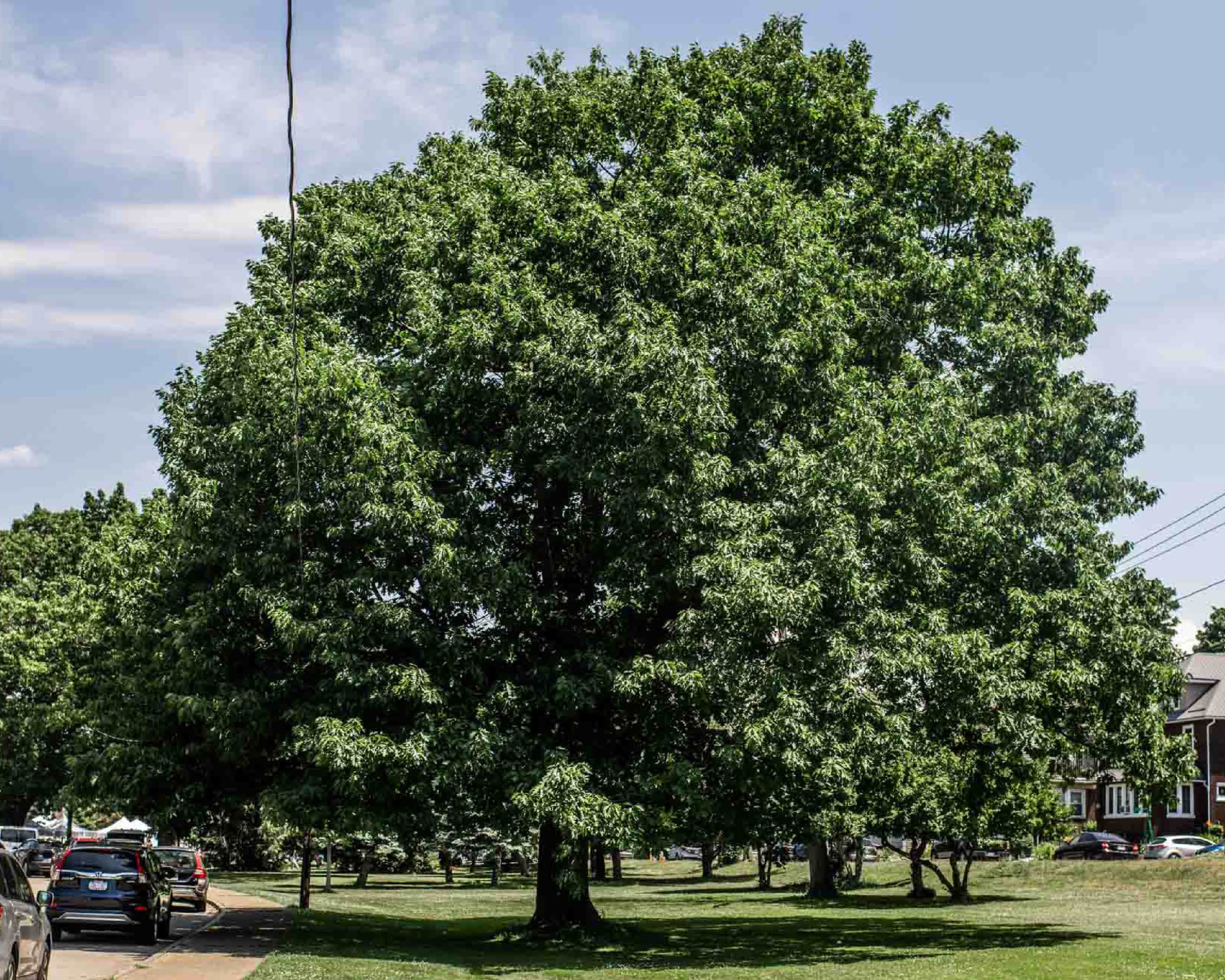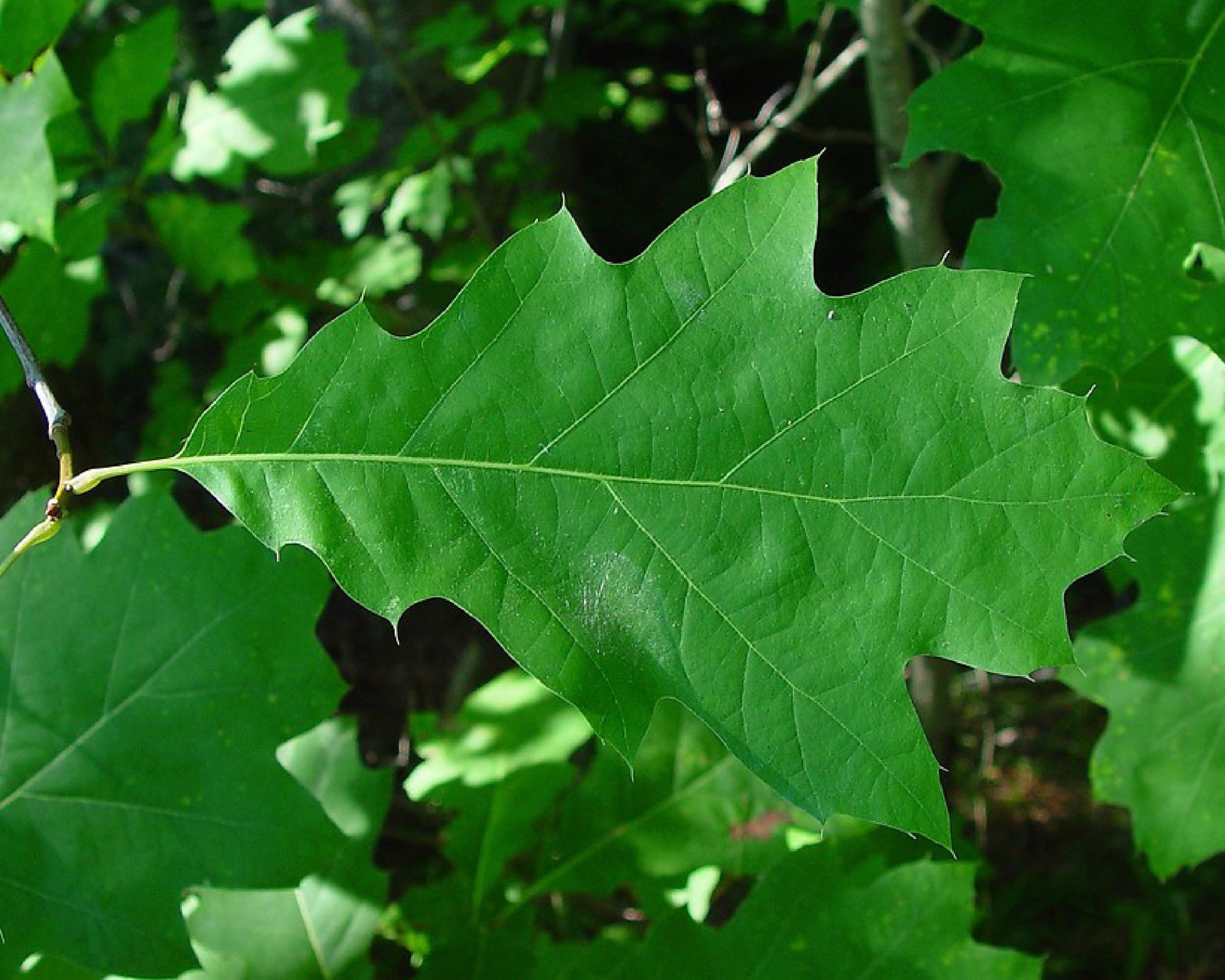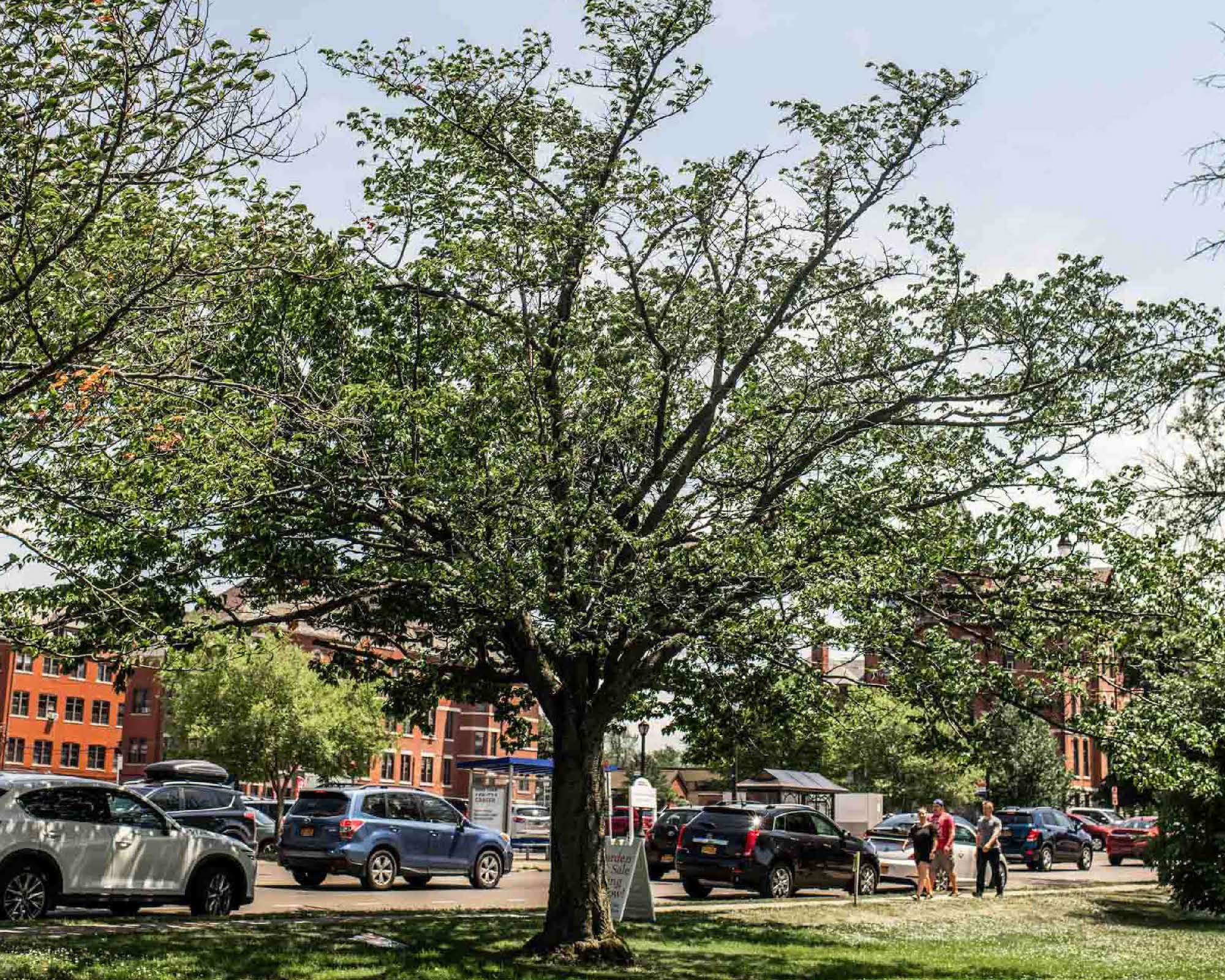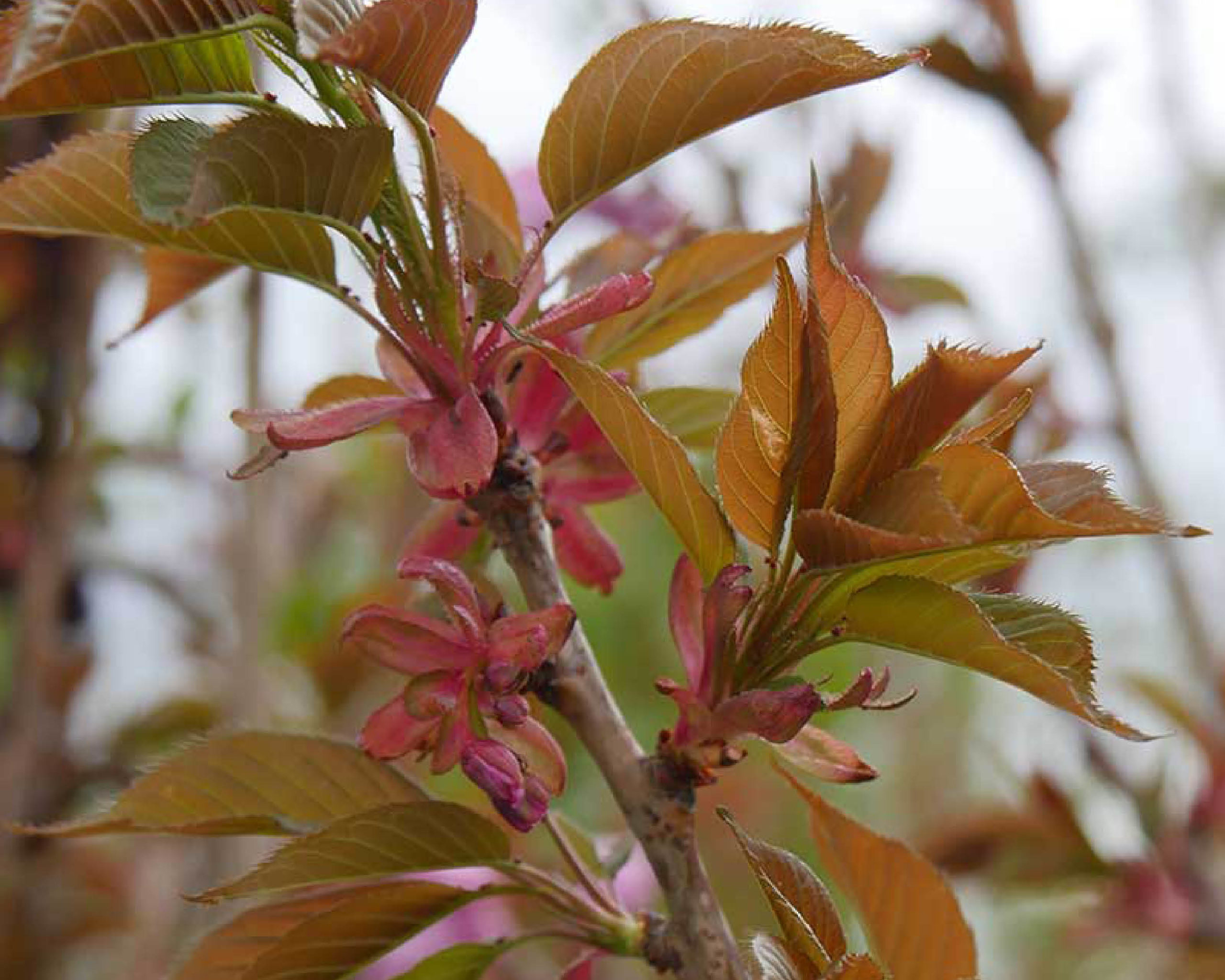A Tree Scavenger Hunt Around South Park, presented by Univera Healthcare
Learn about 15 trees in the South Park Arboretum by going on a TREEventure around this historic Olmsted landscape. Among which, there are 5 Olmsted original trees!
Olmsted original trees* align with original plant groupings – Frederick Law Olmsted’s design for the arboretum followed the Bentham and Hooker classification system, organizing plants by scientific family. Of the trees inventoried in 2013, 199 have the size, species and location that match the original design and planting. These representative trees are distributed across South Park, indicating the design intent for when the plant organization was implemented. Learn more about the South Park Arboretum Restoration Project here.
The following are 2 ways to begin your TREEventure! To learn the characteristics of each tree, please scroll down.
Option 1: Do it online with the interactive map below
Option 2: Download and print out a PDF of the map
Interactive map to support you on your TREEventure
- Click on the Green arrow
- Click on each individual tree icon to find out more
Characteristics of the featured trees
There are two images for each tree – a wide-angle shot and a close-up shot of the leaf and/or flower.
1. Maidenhair Tree, Ginkgo biloba
- The Ginkgo has existed, unchanged, for millions of years on planet Earth. Known as a ‘living fossil’, the Gingko biloba is one of the world’s oldest living tree species (around 350 million years ago!).
- The word ginkgo comes from the Chinese yinxing meaning ‘silver apricot’. It was named the maidenhair tree in England because the leaves look very similar to the native maidenhair fern. The bright green, fan-shaped leaves turn brilliant yellow in fall and make a spectacular showing however the fruit smells rancid during the ripening process, so beware!
- Ginkgo trees are grown as hedges in China to supply the leaves for western herbal medicine. The leaves contain ginkgolides, which are used to improve blood circulation to the brain and to relieve Alzheimer’s, tinnitus, and Reynaud’s Syndrome. It is usually Europe’s number one selling herbal medication.
2. Star Magnolia, Magnolia stellata
- Magnolias are one of the most primitive plants in evolutionary history and fossil records show that magnolias once existed in Europe, North America, and Asia over 100 million years ago.
- The Star Magnolia is noted for its compact size and late winter to early spring bloom of star-shaped white flowers. Star Magnolia is one of the most cold and heat tolerant Magnolia species for general ornamental use.
3. Katsura Tree, Cercidiphyllum japonicum *
- Cercidiphyllum means “leaves like Cercis” (the common name for Cercis is redbud). Redbud leaves are a similar shape to those of Katsura-tree but have smooth rather than toothed edges. Redbud flowers have showy petals while katsura flowers are inconspicuous.
- Young leaves emerge as a beautiful bronzy purple, fading to light green as they mature and then blue-green, and turn rich yellow to apricot hues in the fall. Fall-coloring leaves give off a delightful, spicy odor reminiscent of cotton candy!
- The brown or grayish bark is slightly shaggy and is lovely throughout the seasons. Katsura bark may be furrowed on older trees.
4. Common Persimmon, Diospyros virginiana
- The word “persimmon” is of Algonquian origin, while the genus name Diospyros, comes from the Greek, and means “fruit of the god Zeus”. When ripe, the sweet fruit of Persimmon somewhat recalls the flavor of dates.
- Fragrant, white, blueberry-shaped flowers occur in May and June and turn a beautiful reddish-purple color in the fall. The common persimmon (Diospyros virginiana) is a deciduous tree that is grown for its beautiful foliage and edible fruit, and it is prized for its beauty and wood density. Principal uses of the wood are for golf-club heads, shuttles for textile weaving, and furniture veneer. Immature fruit contains tannin and is strongly astringent. Persimmons are consumed fresh and are used to make puddings, cakes, and beverages. American Indians made persimmon bread and stored the dried fruit like prunes.
5. Tulip Poplar Tree, Liriodendron tulipifera
- “Lirio” derives from the Greek word for lily; –“dendron” comes from the Greek word for tree and – “tulipifera” means “tulip-bearing”. Both the leaves and flowers have a tulip like shape and the trunk of the Tulip Poplar is exceedingly straight.
- The interesting tulip-shaped flowers of yellow, orange, and green appear after the leaves in May and June; borne high on the tree, the flowers are often missed by the unsuspecting. The cone-like fruit provide winter interest and are a good identifying characteristic.
6. Red Horsechestnut, Aesculus x carnea
- The Red Horsechestnut is a cultivated hybrid between Aesculus pavia and Aesculus hippocastanum that is superior to either parent for general landscape use.
- In May panicles of rose-red flowers cover the entire tree and are truly spectacular.
- The species is considered a hermaphrodite (has both male and female organs) and is pollinated by bees.
7. Shagbark Hickory, Carya ovata
- Large, shaggy strips of exfoliating gray bark make the Shagbark Hickory one of the most widely recognized of all hickories.
- The leaves consist of five deep yellow-green long leaflets that assume rich yellow and golden-brown tones in the fall season.
- Despite its slow-growing nature, the Shagbark Hickory tree grows up to 100 feet high with a spread of up to 25 feet. The tree produces flowers consisting of both male and female parts so the tree can self-pollinate. Talk about efficient!
8. Northern Catalpa, Catalpa speciosa *
- Catalpas are a very showy tree and make excellent shade trees.
- The catalpas belong to the Bignonia family, a group of mostly tropical plants; the northern catalpa is the most northerly ranging of this group. The catalpas have interesting features, such as very large leaves and hanging seedpods.
- The northern catalpa can grow to 100 feet high and averages between 60 and 80 feet wide.
9. Japanese Tree Lilac, Syringa reticulata
- The best ornamental feature of the Japanese Lilac Tree is its showy, fragrant, creamy white flowers which bloom in upright panicles up to 12” long in late spring to early summer (later than most other lilac species).
- The genus name, Syringa, comes from the Greek word syrinx meaning tube or pipe, in reference to the pith-filled but easily hollowed stems of some genus plants.
10. Kentucky Coffee Tree, Gymnocladus dioicus
- Widely used as an ornamental tree, the picturesque profile helps to make the Kentucky Coffee Tree stand out in all seasons and is an exceptional winter ornamental due to its bold form, contorted branching, unique bark, and decorative clusters of large pods. Scaly, recurving ridges develop on the gray-brown bark and provide additional seasonal interest.
- The Kentucky Coffee Tree belongs to the pea or legume family and is adaptable to a wide range of soils.
- The common name comes from the seeds that were used by pioneers as a coffee substitute. The seed may be roasted and used as a substitute for coffee beans. WARNING: Unroasted pods and seeds are toxic.
11. Turkey Oak, Quercus laevis *
- The scientific name for Turkey Oak is Quercus laevis. Quercus is the Latin name for “oak,” and laevis comes from the Latin word meaning “smooth, slippery, or polished,” which refers to the tree’s nearly hairless leaves.
- Turkey oak acorns are an important food source for many animals including the black bear, white-tailed deer, and wild turkey. Receiving its common name from the shape of its leaves, the turkey oak’s leaves resemble a turkey’s foot. Turkey oaks typically grow to about 40 feet but can reach heights of 70 feet.
- A highly adaptable species, the turkey oak is also known as scrub oak—referring to the habitat where the species is commonly located. Quercus laevis is drought tolerant and has a high resistance to wind.
12. Sweetgum, Liquidambar styraciflua
- The deciduous Sweetgum Tree has star-shaped, five to seven-lobed dark green leaves that turn gorgeous shades of yellow, orange, red and purple and persist late into fall.
- Liquidambar styraciflua burred fruit is unique to look at but not pleasant to walk on barefoot due to its woody, spiny capsular (approximately 1”) fruit. The fruit contains up to 120 seeds per capsule.
- Used for veneer and furniture, the timber of the sweet gum is valued for its close grain and red tinge. A resin called storax is extracted from the trunk of the sweet gum and is used in incense and perfume.
13. Weeping European Beech, Fagus sylvatica ‘Pendula’ *
- The graceful Weeping Beech is native to woodlands in central and southern Europe. ‘Pendula’ is a weeping cultivar that typically grows to 35-50′ tall and originated in England in about 1836.
- A beautiful, large, deciduous tree, with drooping branches the Weeping European Beech is one of the most picturesque of all weeping trees in the landscape. The oval to ovate leaves are both shiny and dark green. In fall, the foliage turns copper and golden-brown in color and its smooth grey bark is stunning in the winter landscape, as well.
- The Fagus sylvatica ‘Pendula’ is deer resistant, low-maintenance and makes one of the finest specimens for large-scale landscapes.
14. Red Oak, Quercus rubra *
- The northern red oak is native to the northeast region of the United States and southeast Canada. You can recognize the tree by its distinctive bark, leaves, and acorns. Mature trees have dark grey or brown bark with broad, shiny strips on the trunk’s ridges. Its leaves are lustrous dark green on both sides, with seven to eleven sharp lobes.
- The tree’s acorns are typically two to three centimeters long and have a reddish-brown cup on one end. Unlike the white oak, a red oak’s acorns stay on the tree through the winter. Native Americans used the acorns to make flour!
- Northern red oaks’ acorns are a treat for many animals, including ruffed grouse, blue jays, wild turkeys, fox squirrels, bears, deer, and raccoons.
- They have a fast growth rate of about 2 feet per year.
15. Kwanzan Cherry, Prunus serrulata ‘Kwanzan’
- The ornamental Kwanzan flowering cherry tree (Prunus serrulata ‘Kwanzan’) puts on a great show each spring and brings beauty to any landscape. In the spring (mid to late April), the tree grabs attention with a profusion of large double-pink blossoms resembling carnations.
- In the fall, the leaves turn shades of yellow to orangish-bronze before falling off to reveal a beautiful trunk and branch structure that brightens winter gardens.
- Named after a mountain in Japan called Sekiyama, Kwanzan flowering cherry trees are native to China, Japan and Korea. The trees became well known in the United States when Japan gave a gift of more than 3,000 flowering cherry trees to the United States in 1912. Of those original trees, the Kwanzan now dominates the cherry trees around the Washington, D.C., area.
*Olmsted original trees
Wide-angle tree photos courtesy of Kelly Kazmierczak Photography


